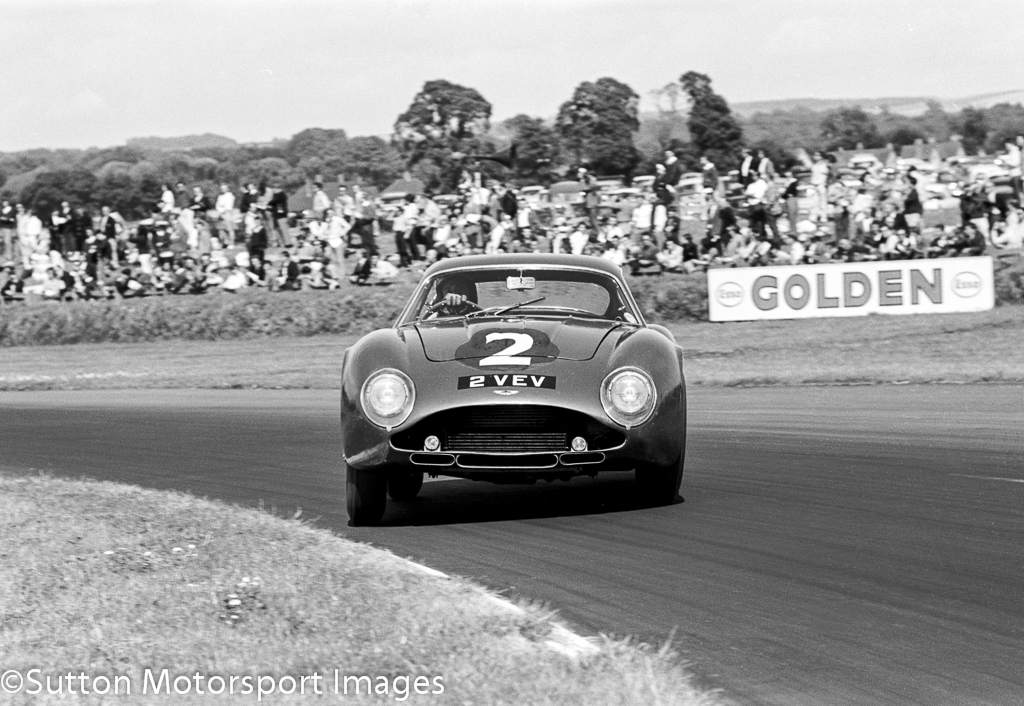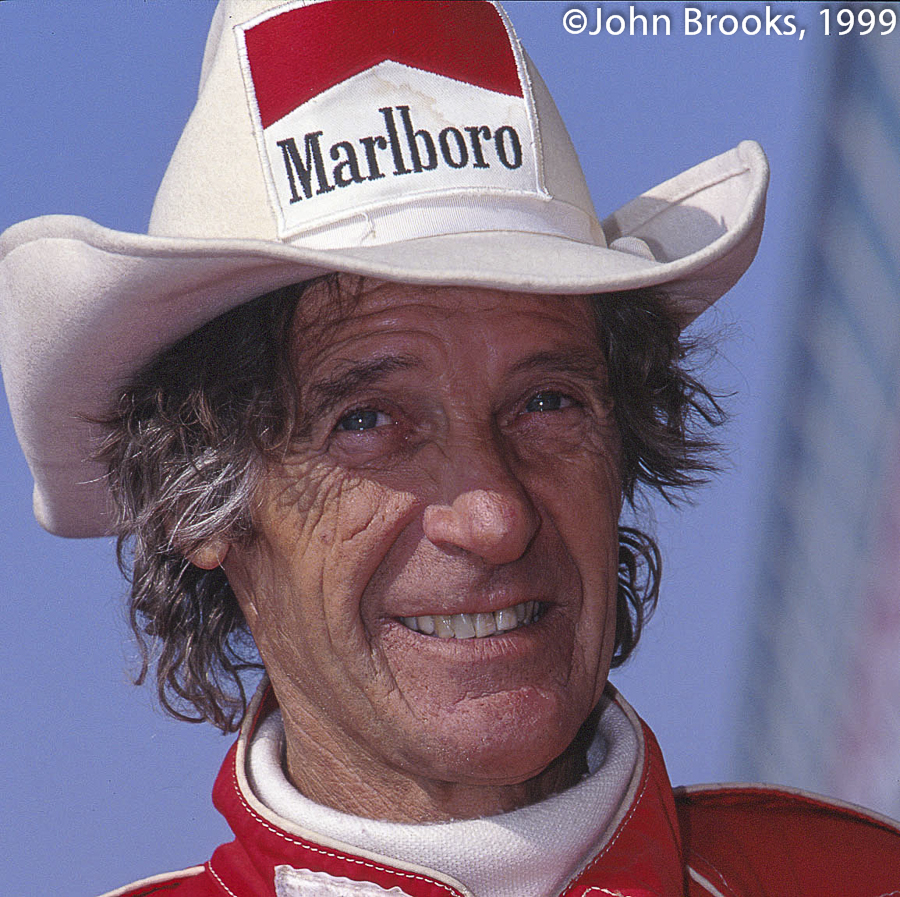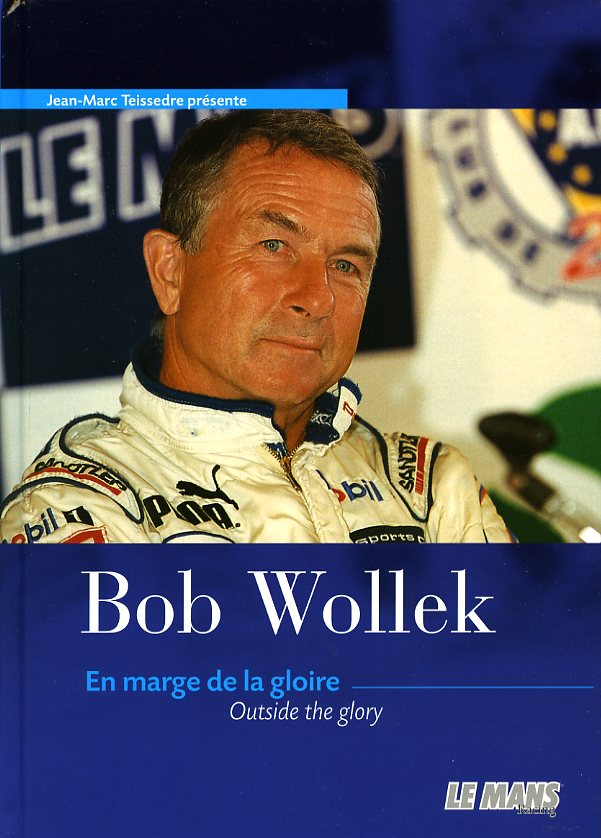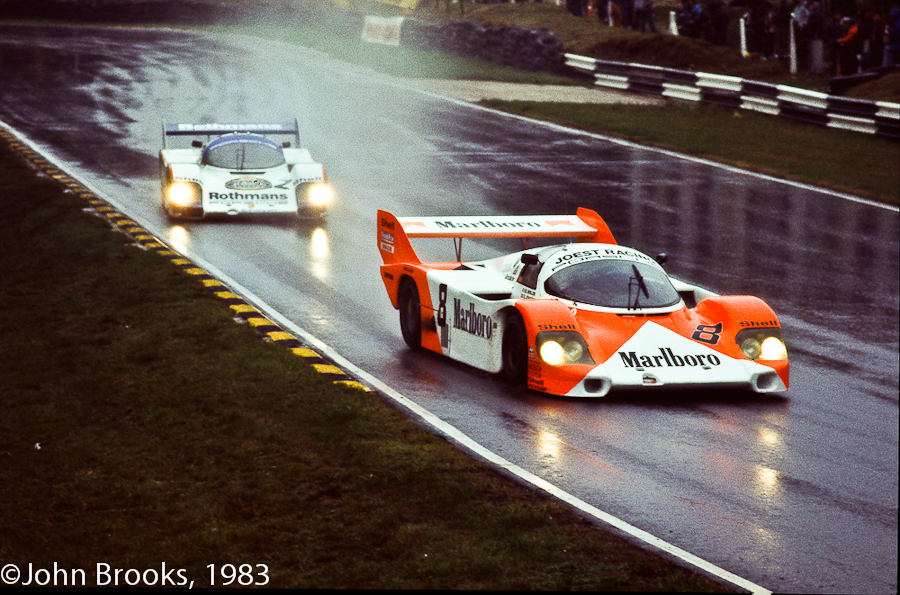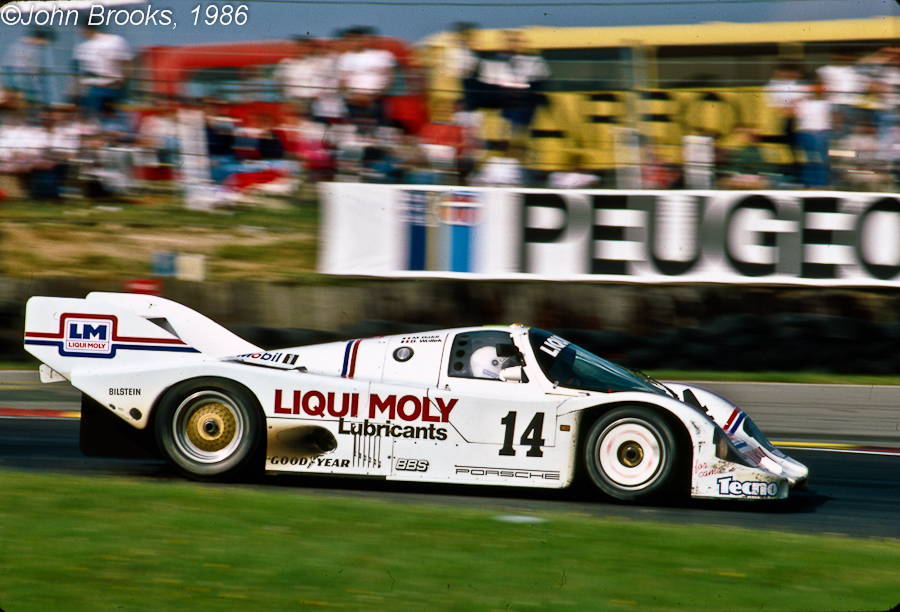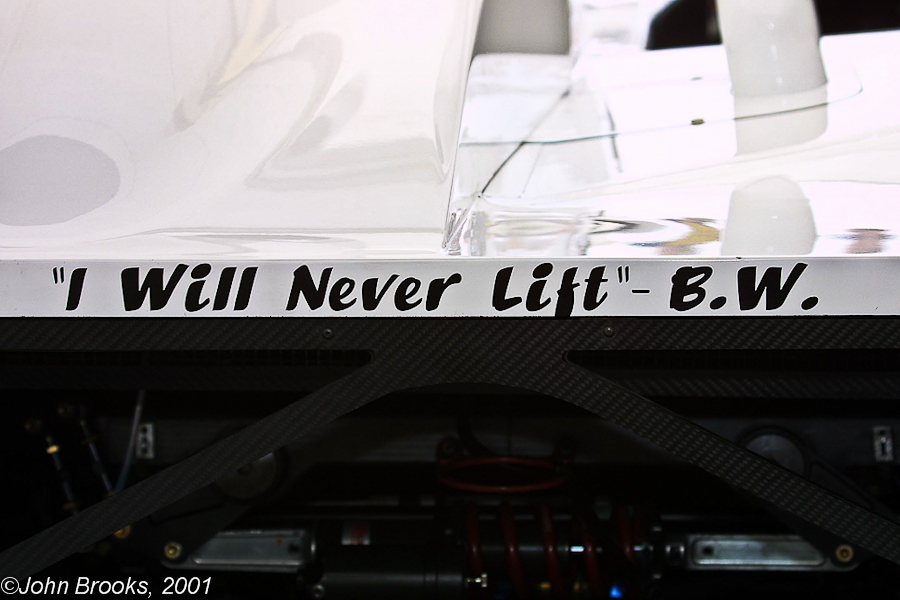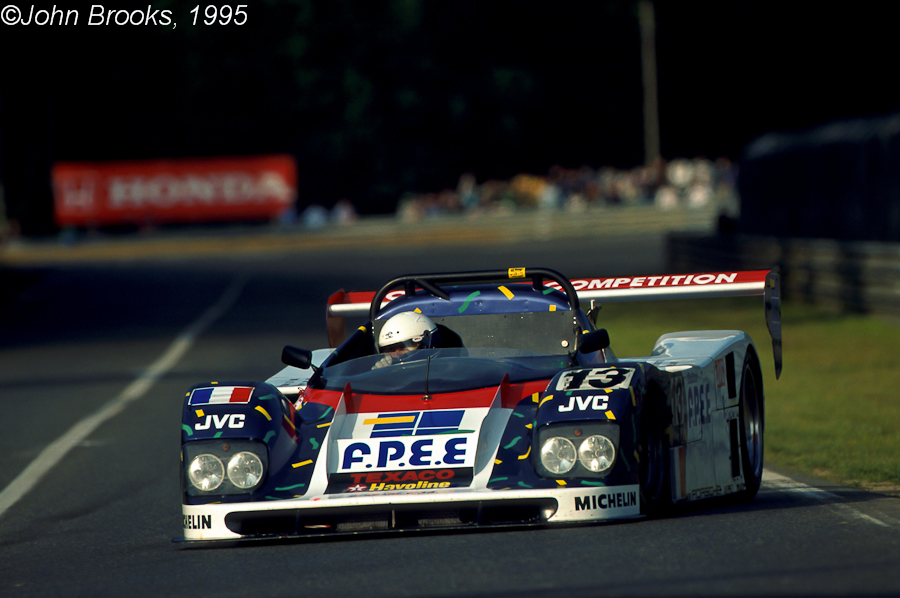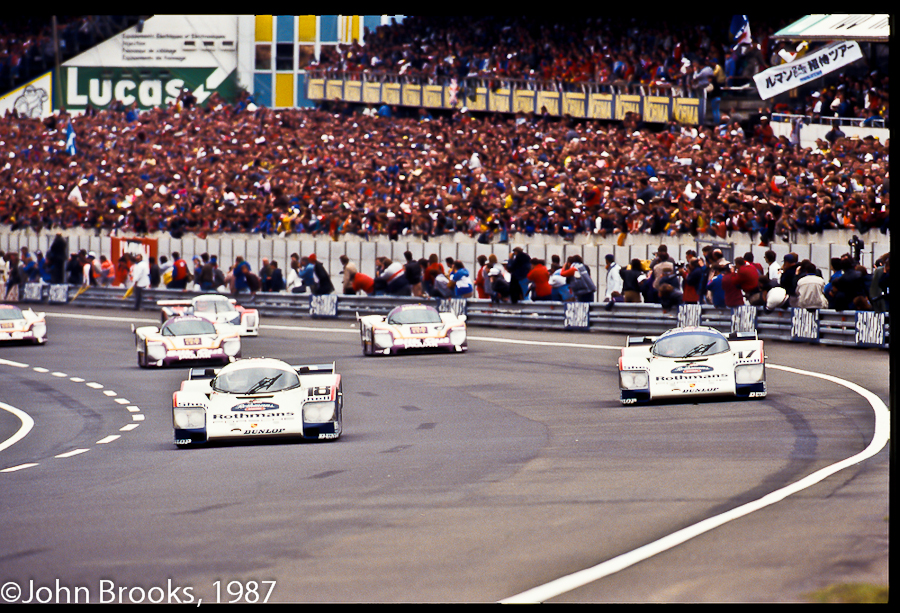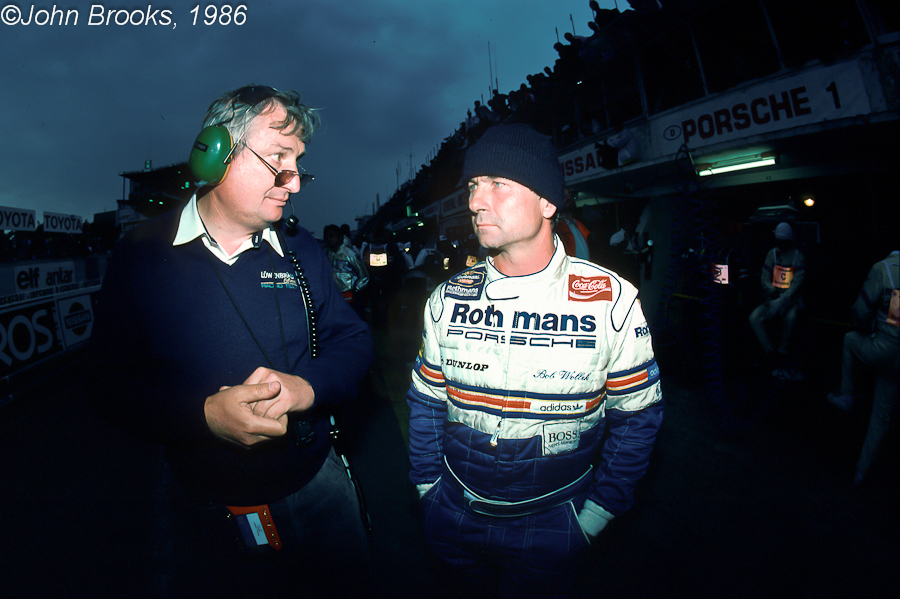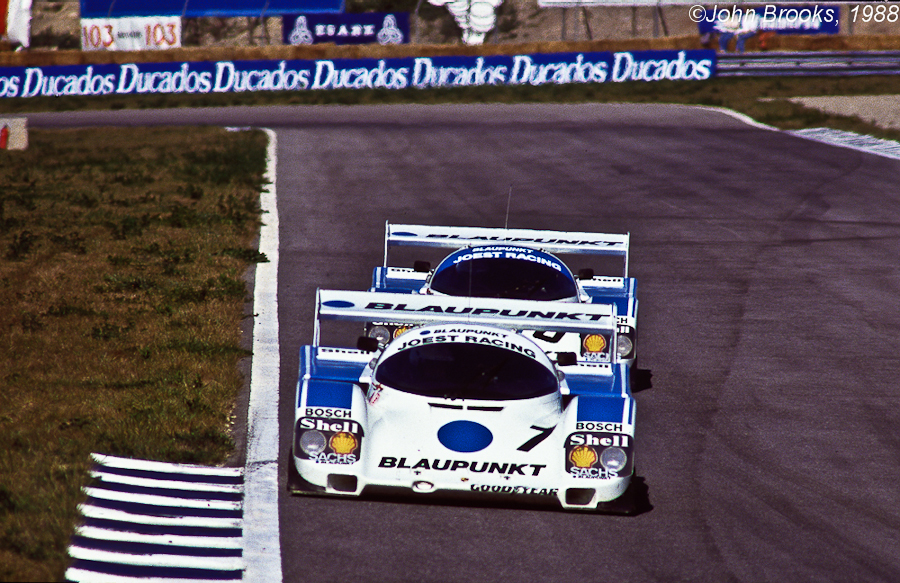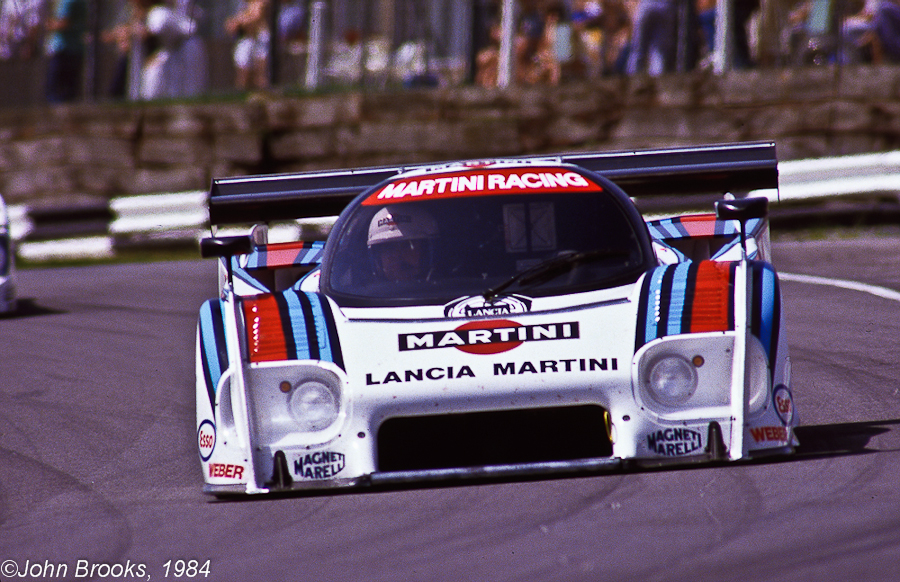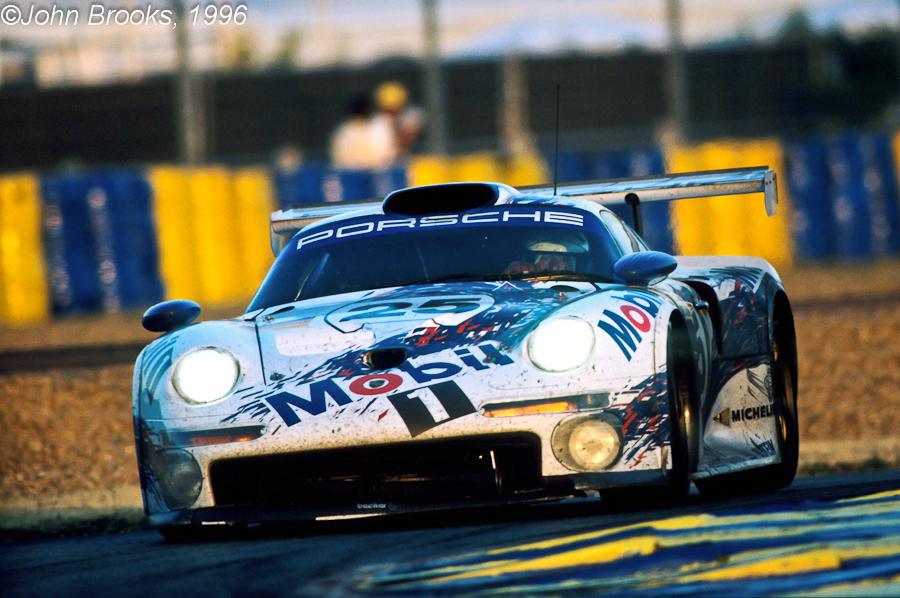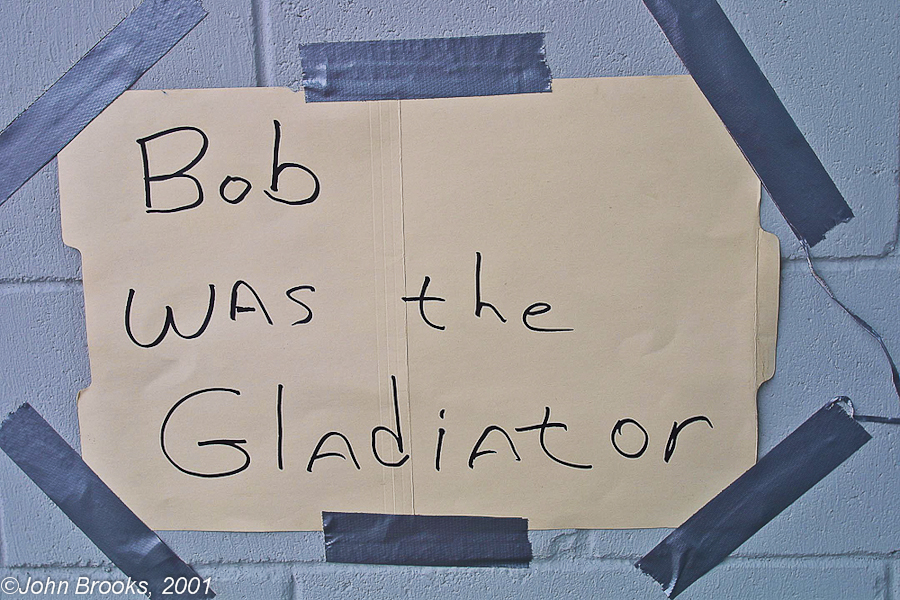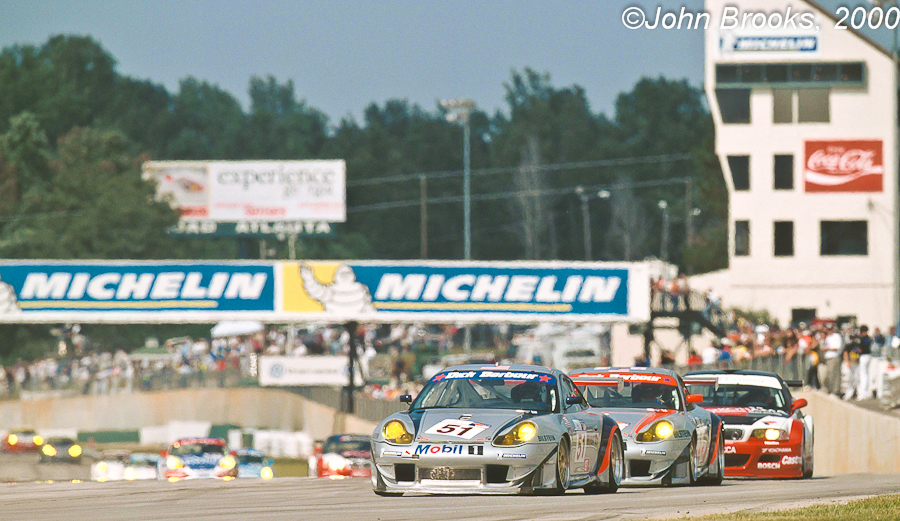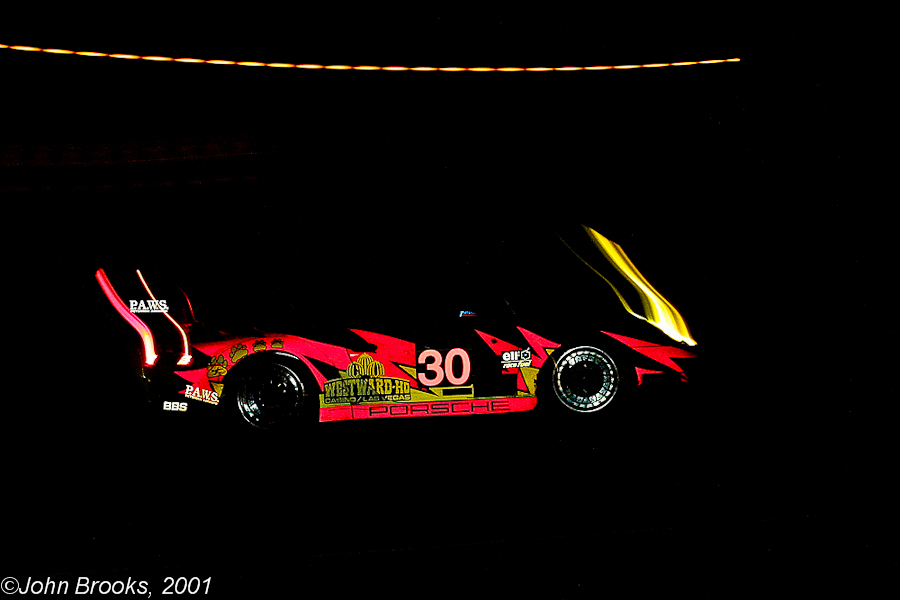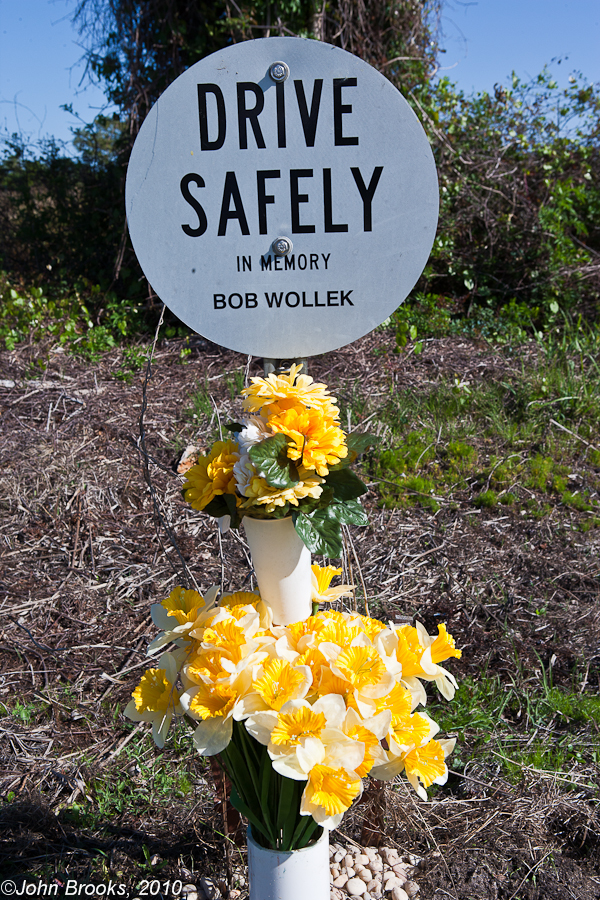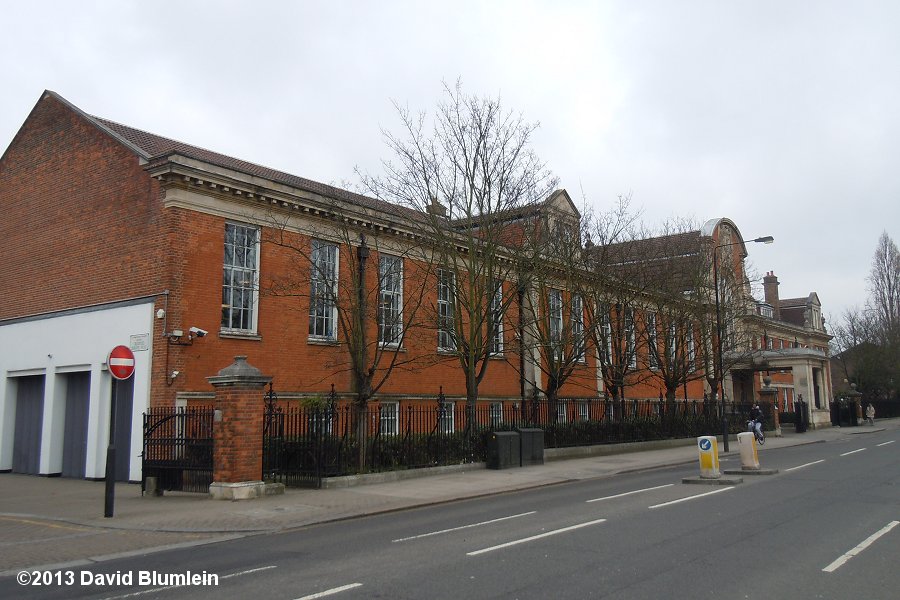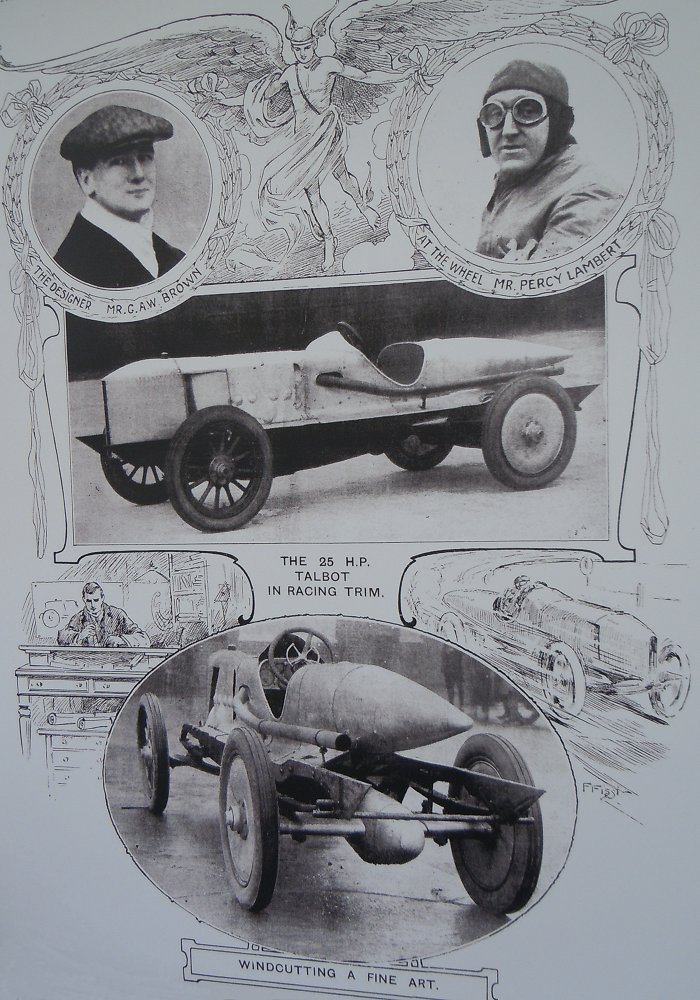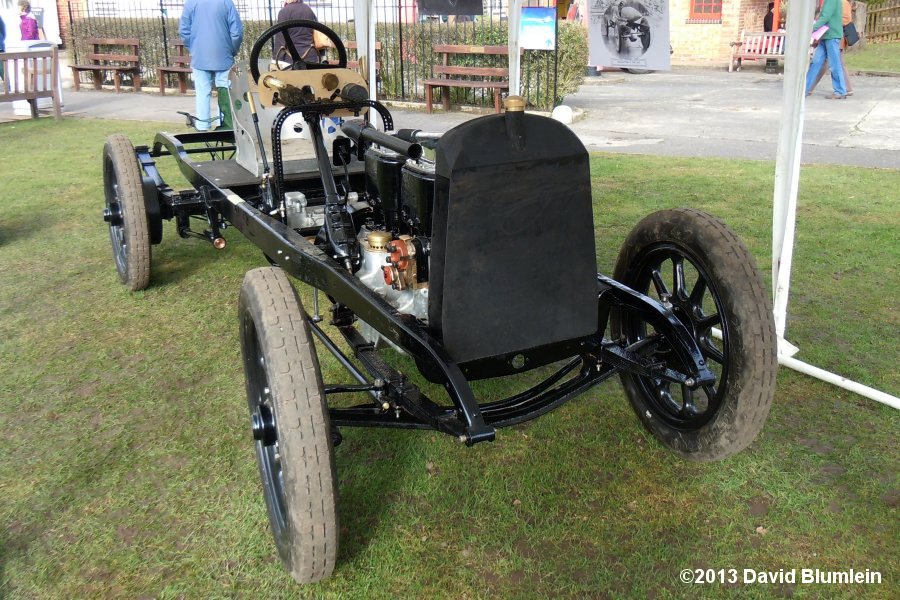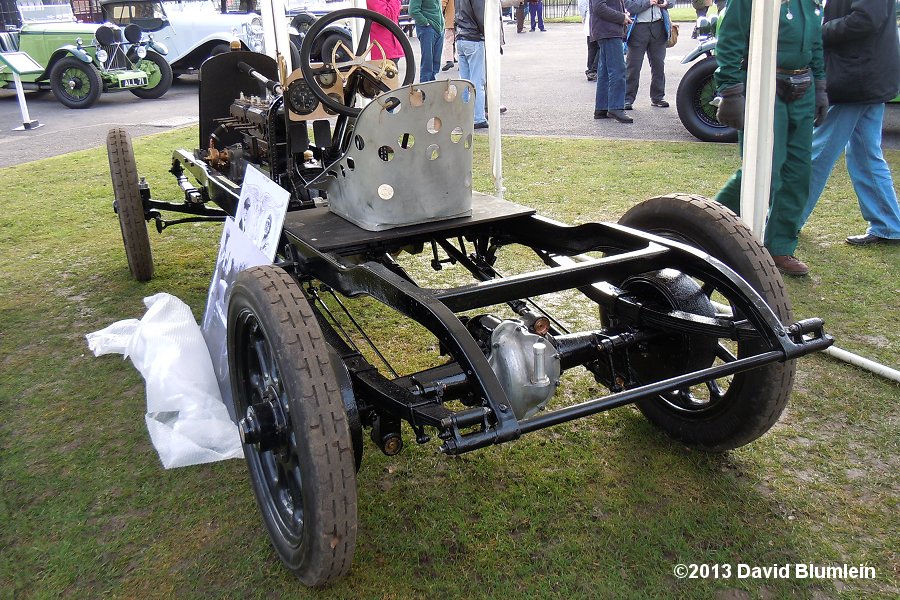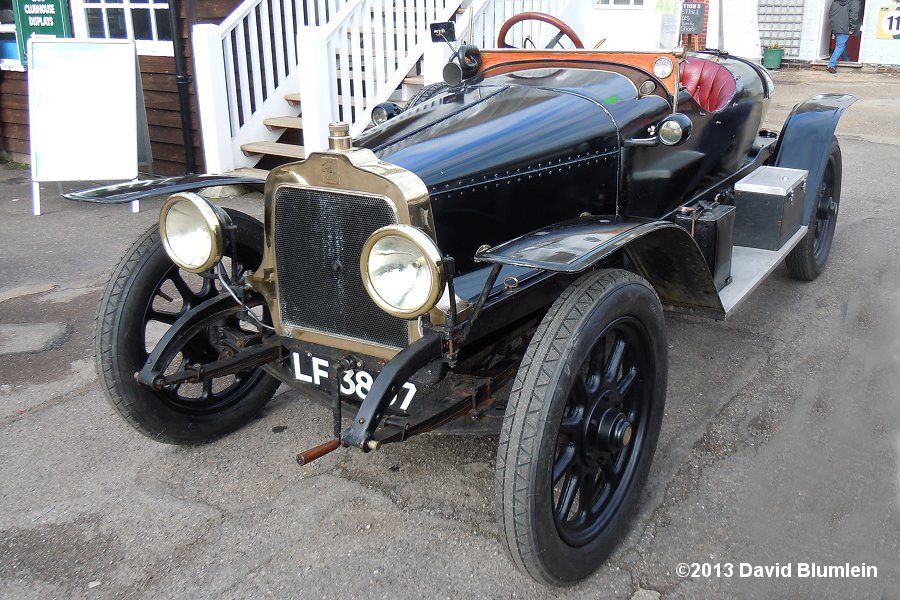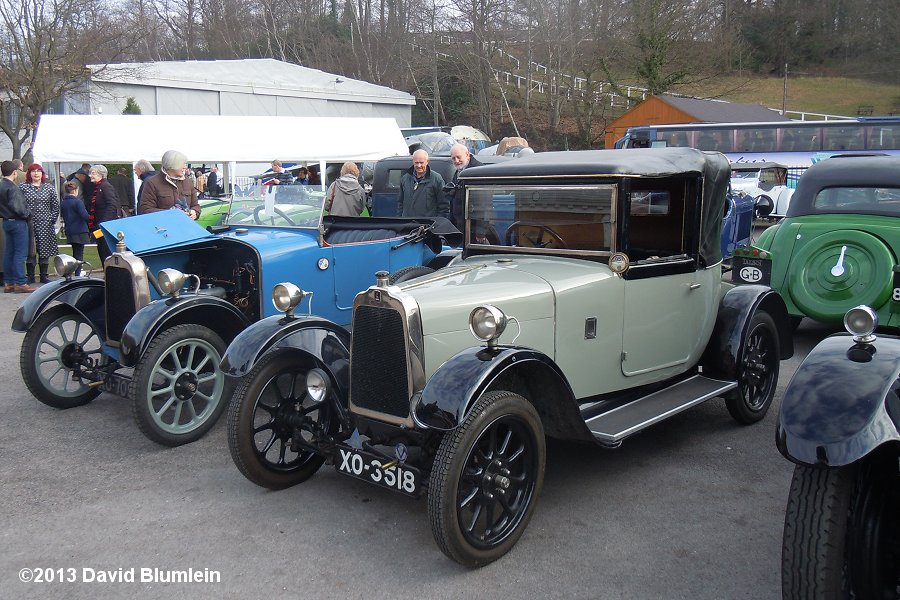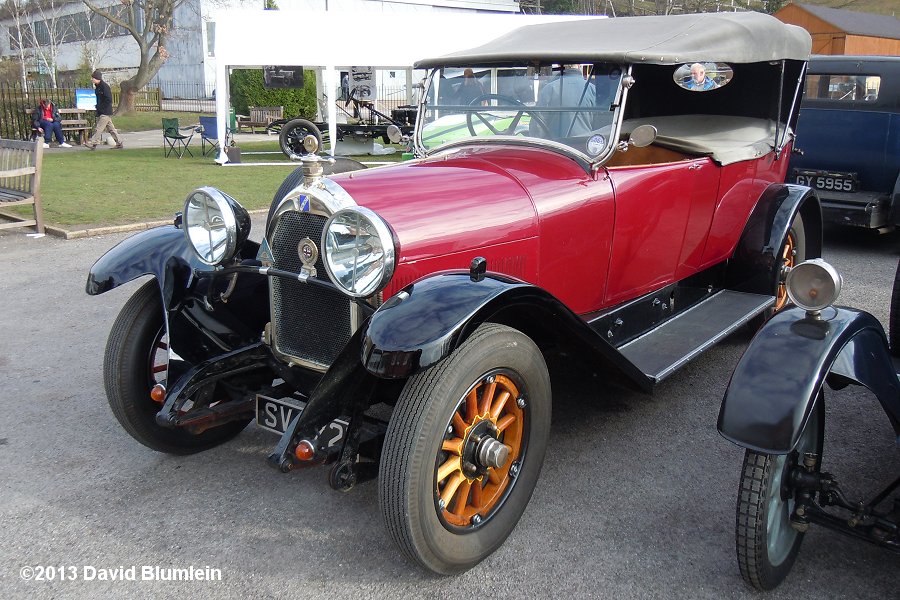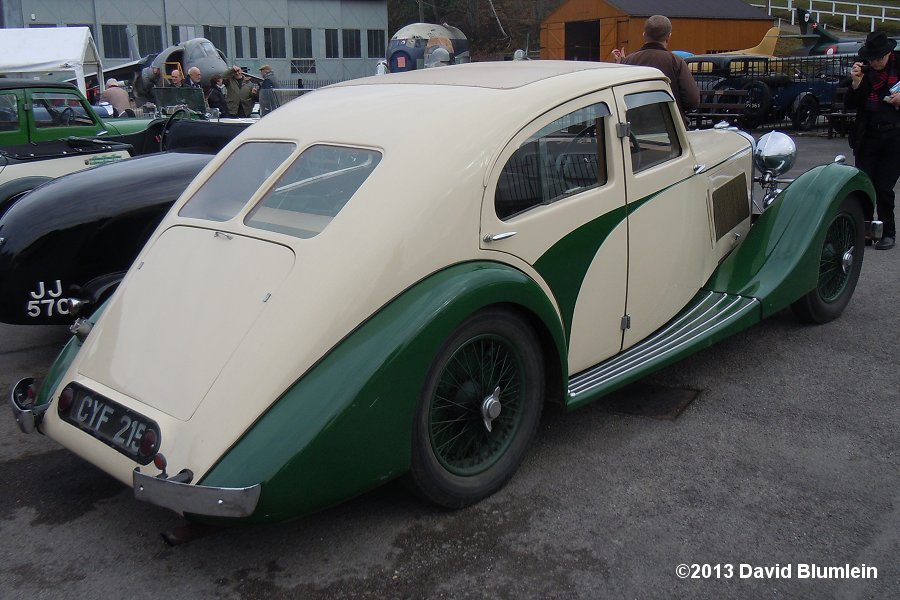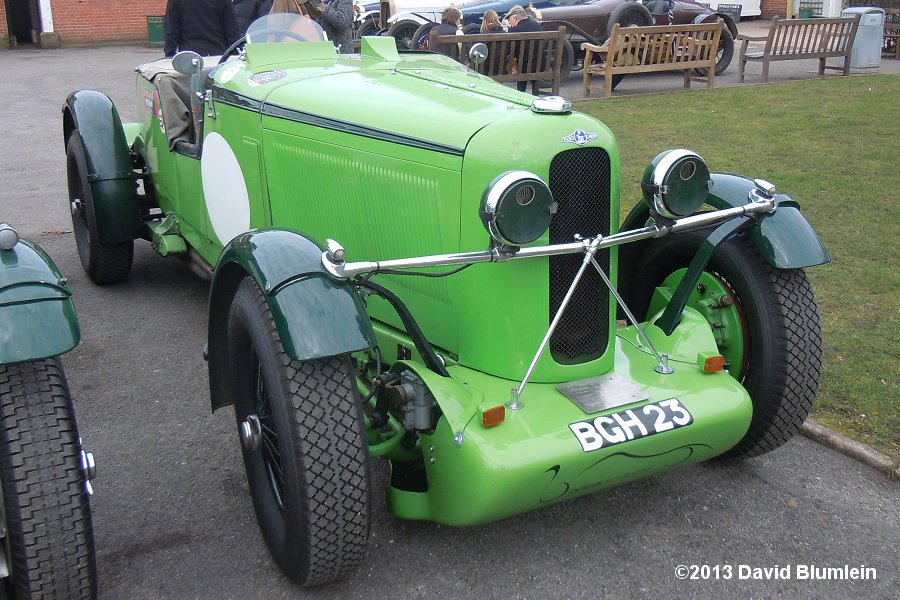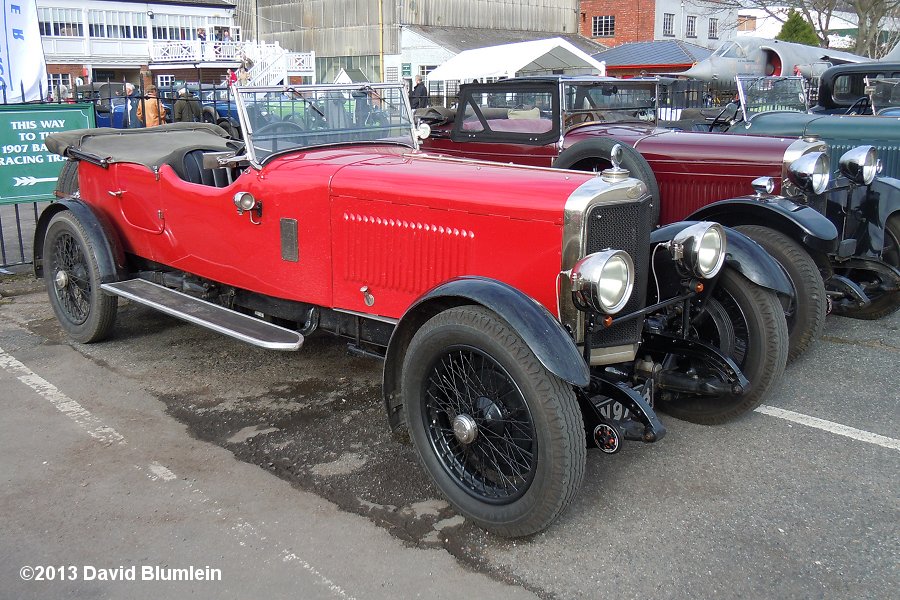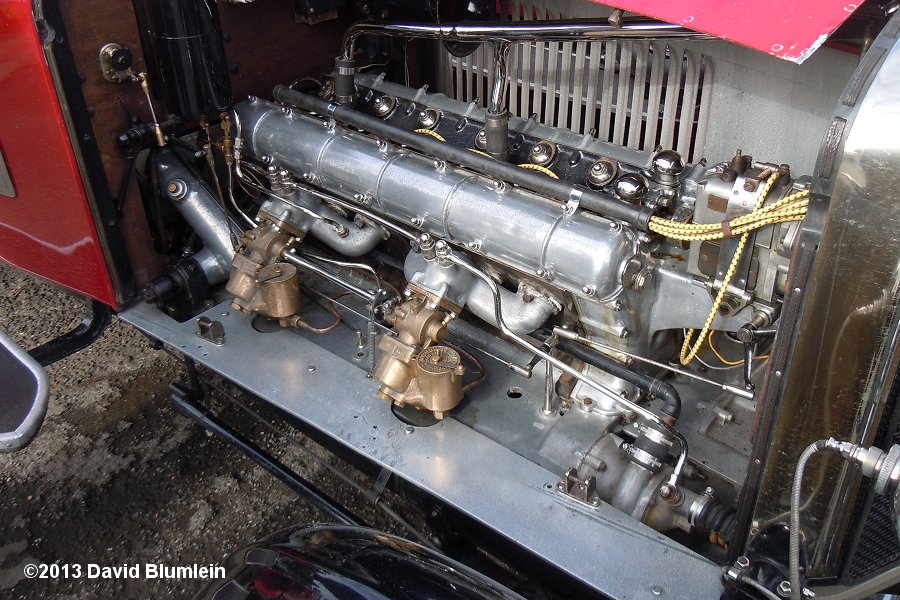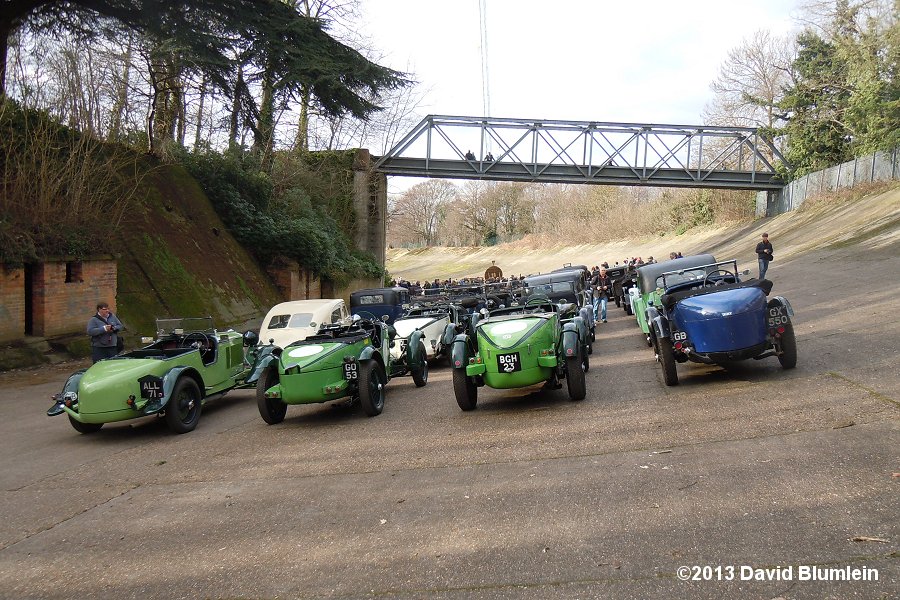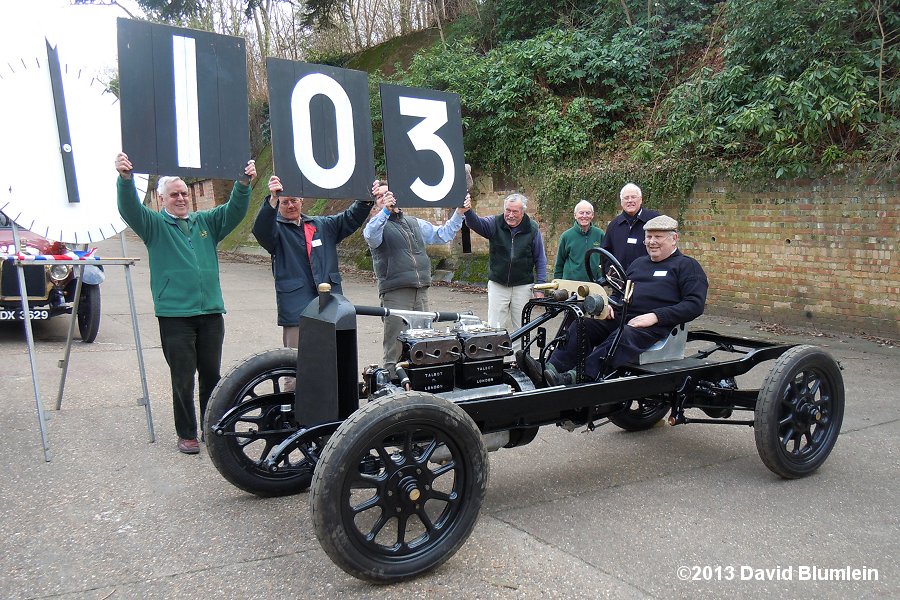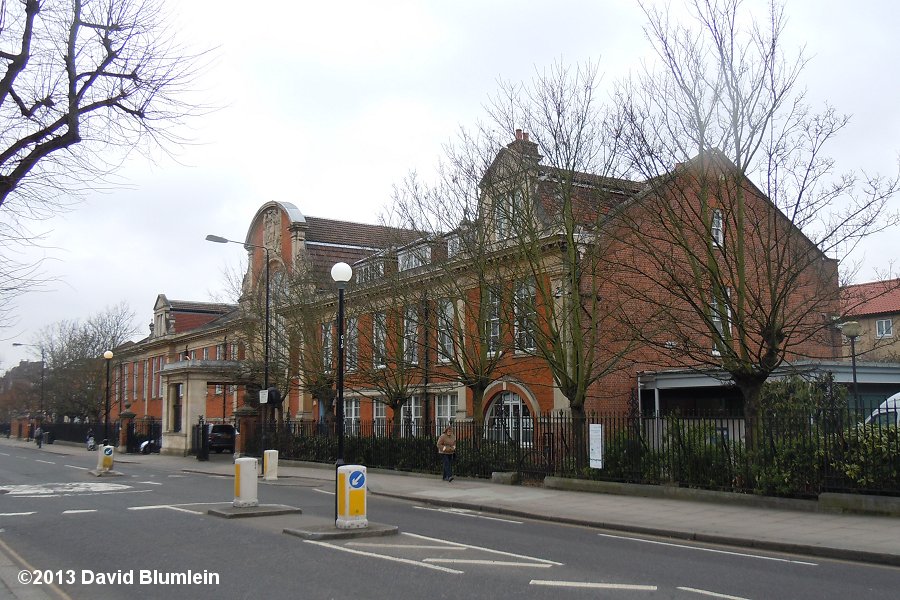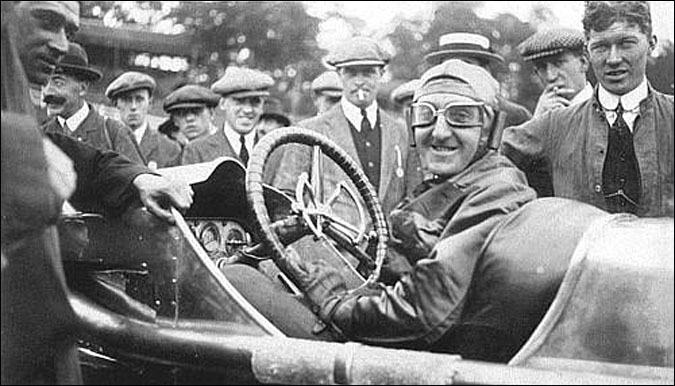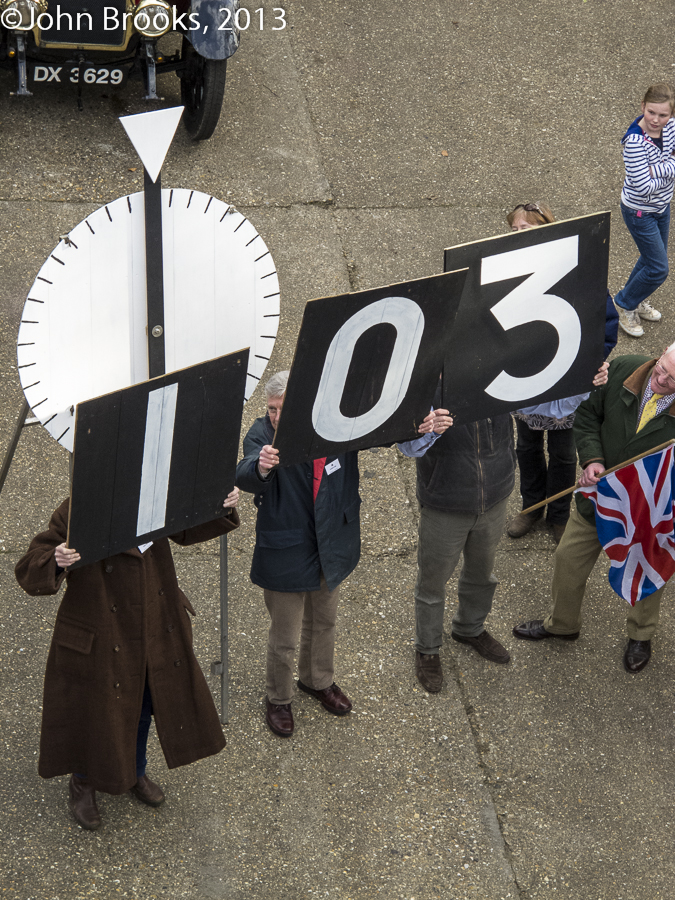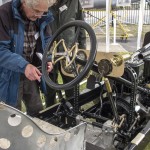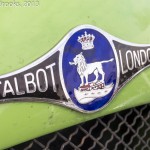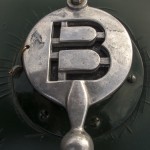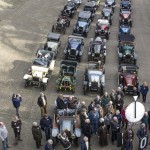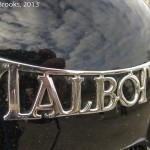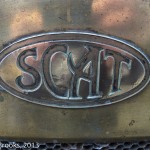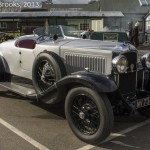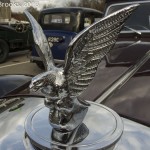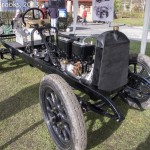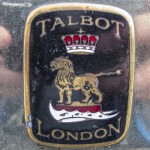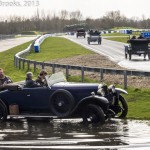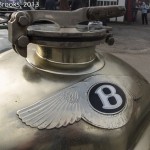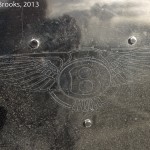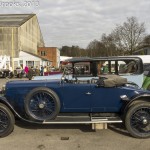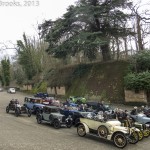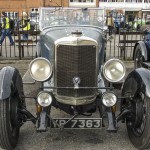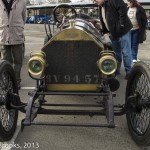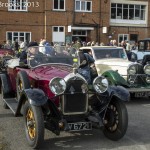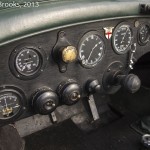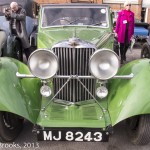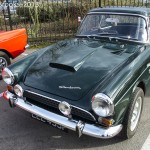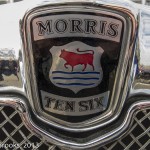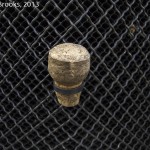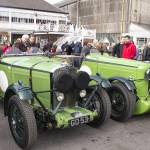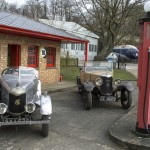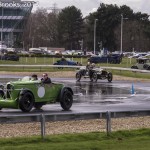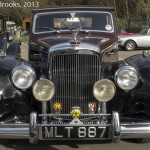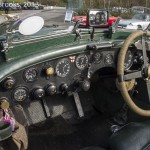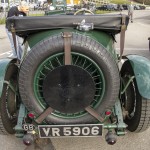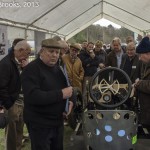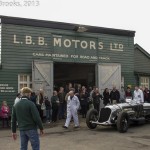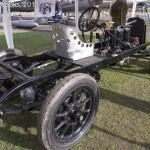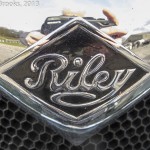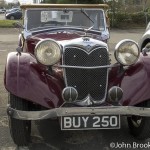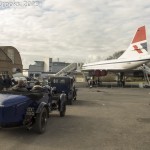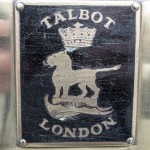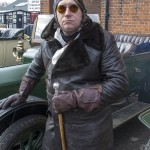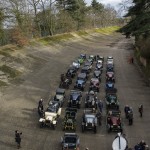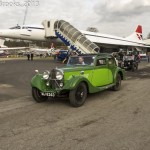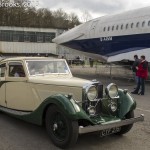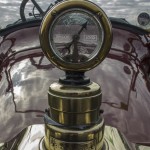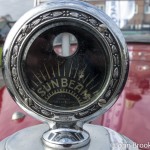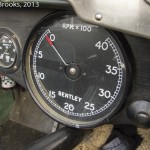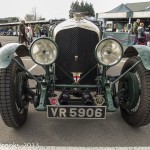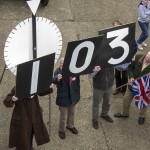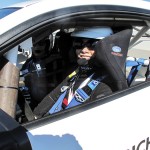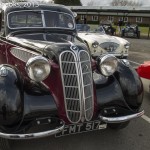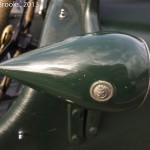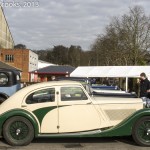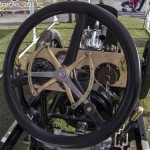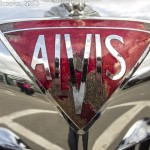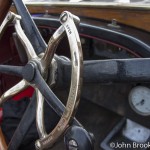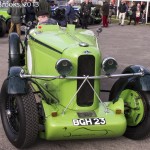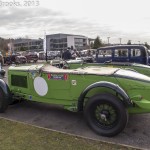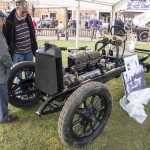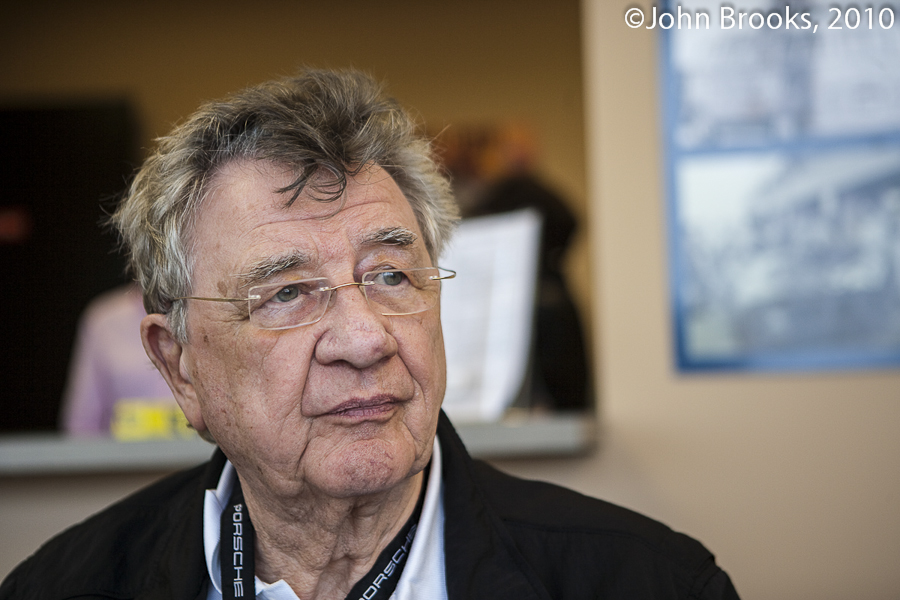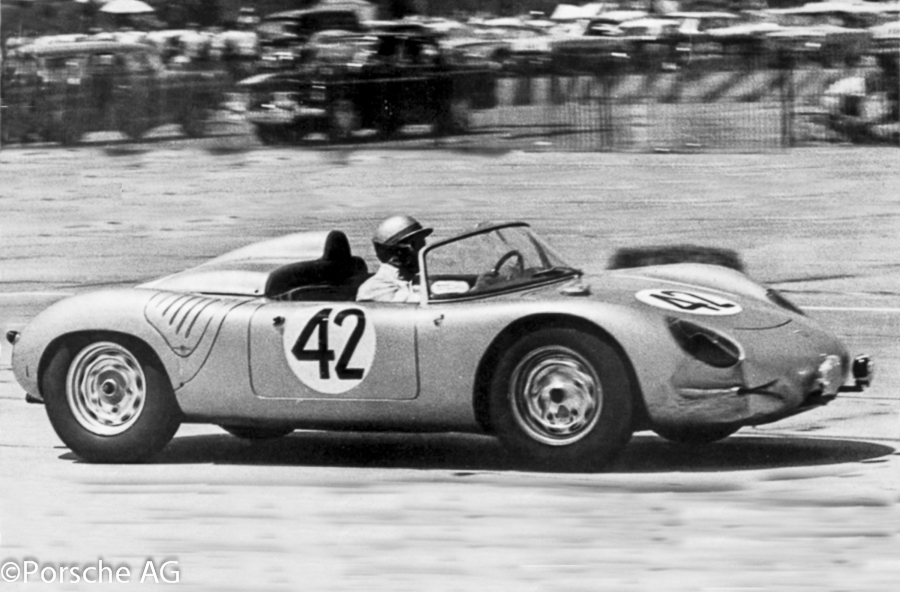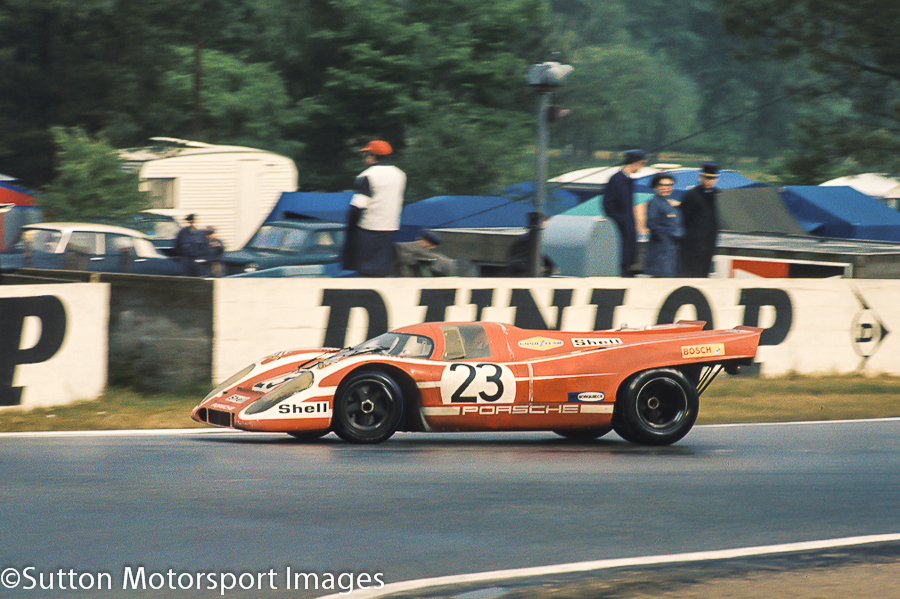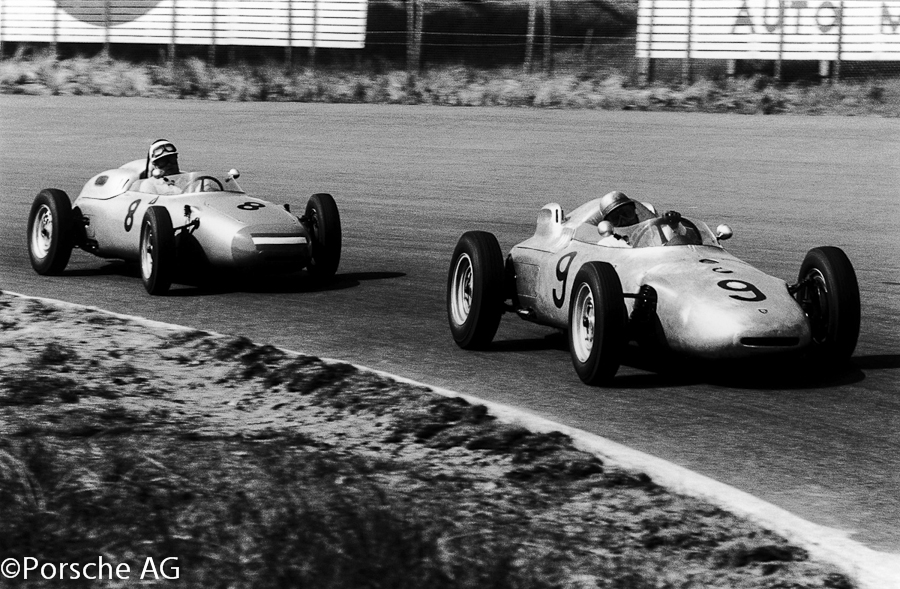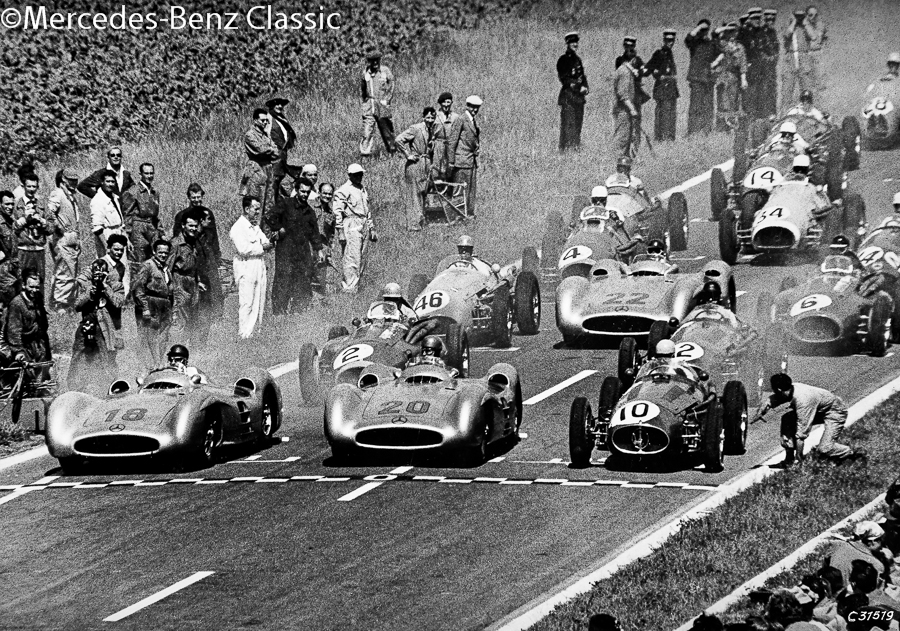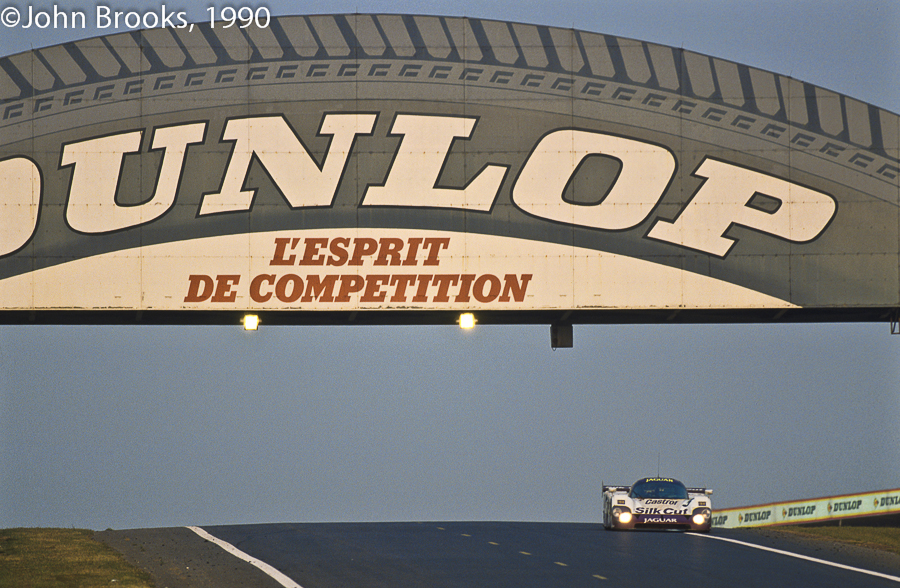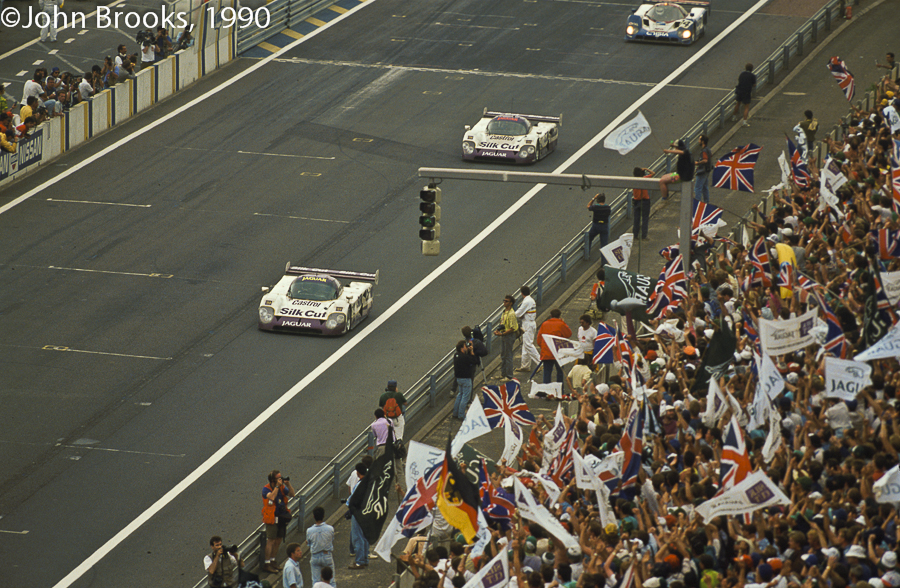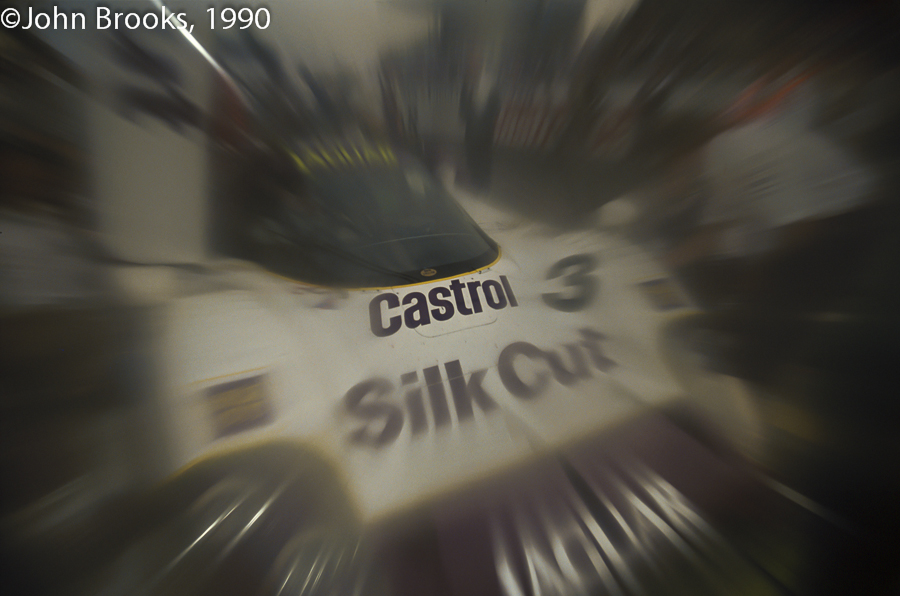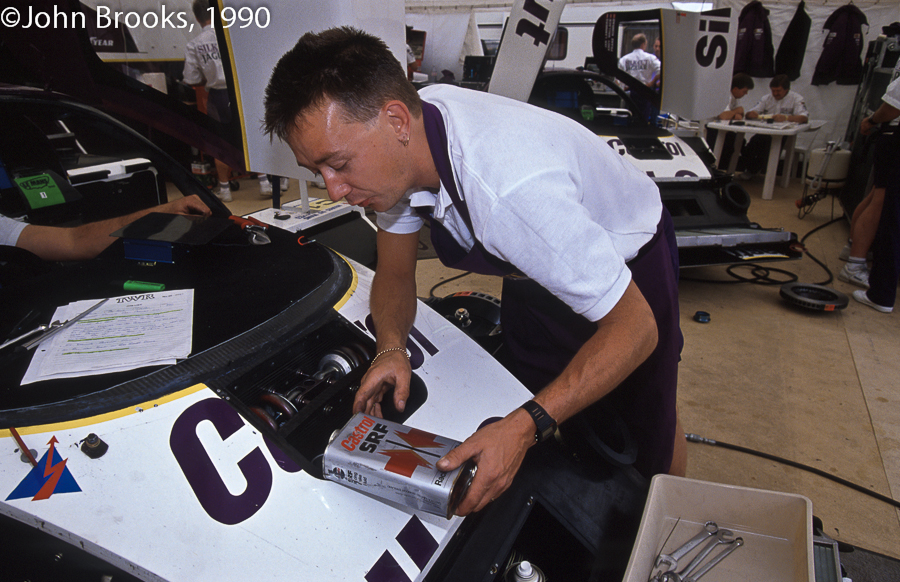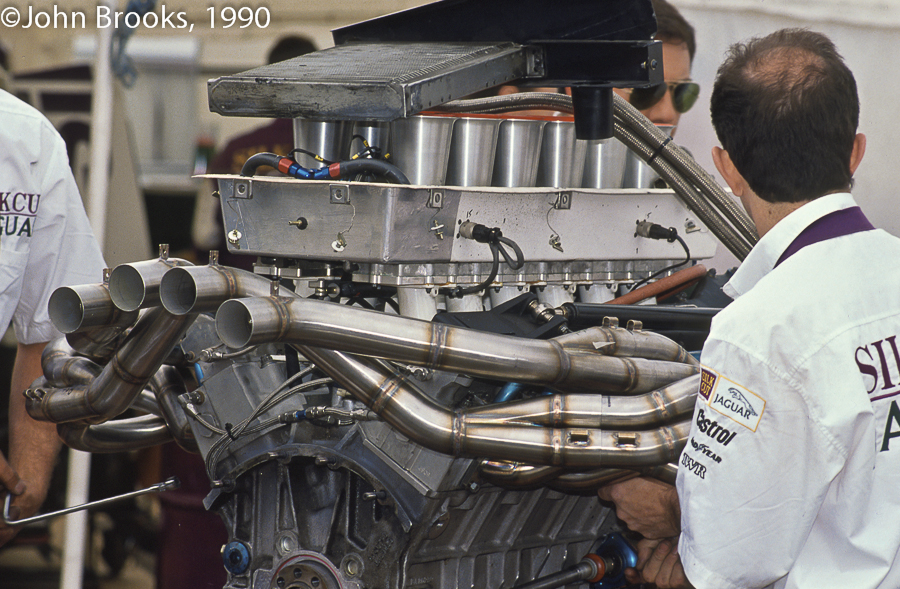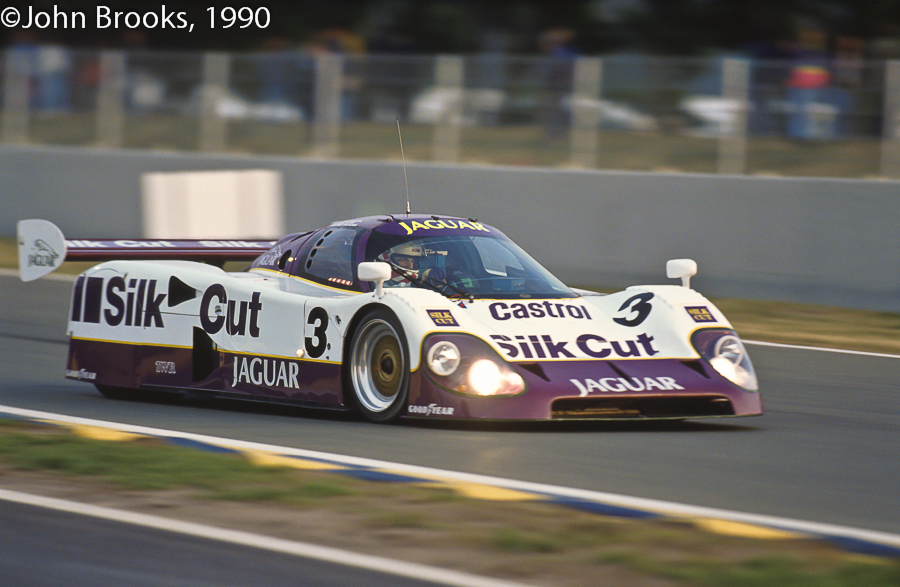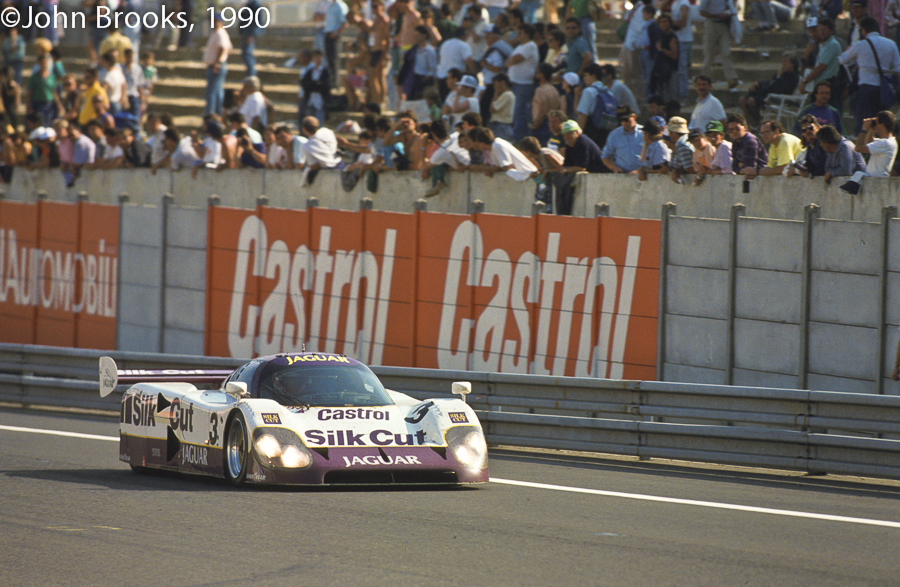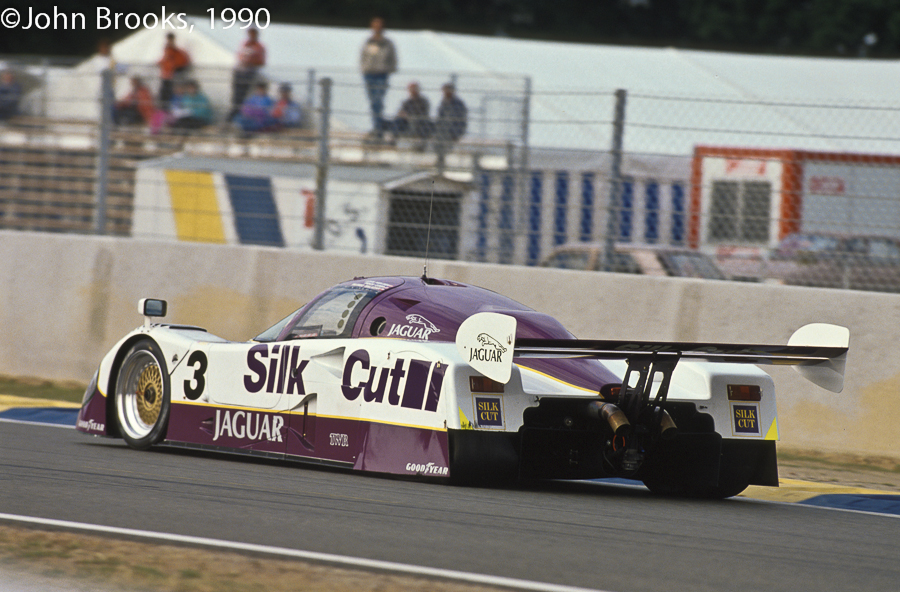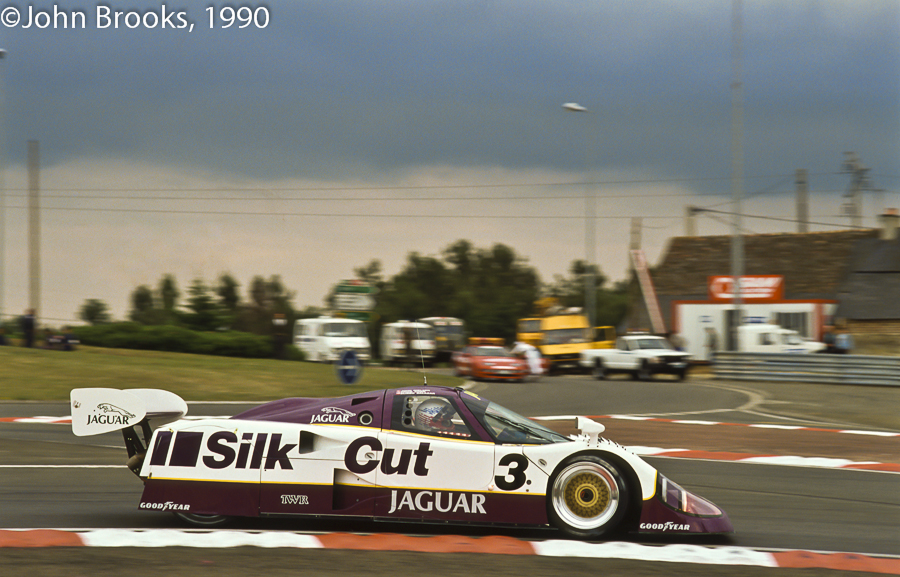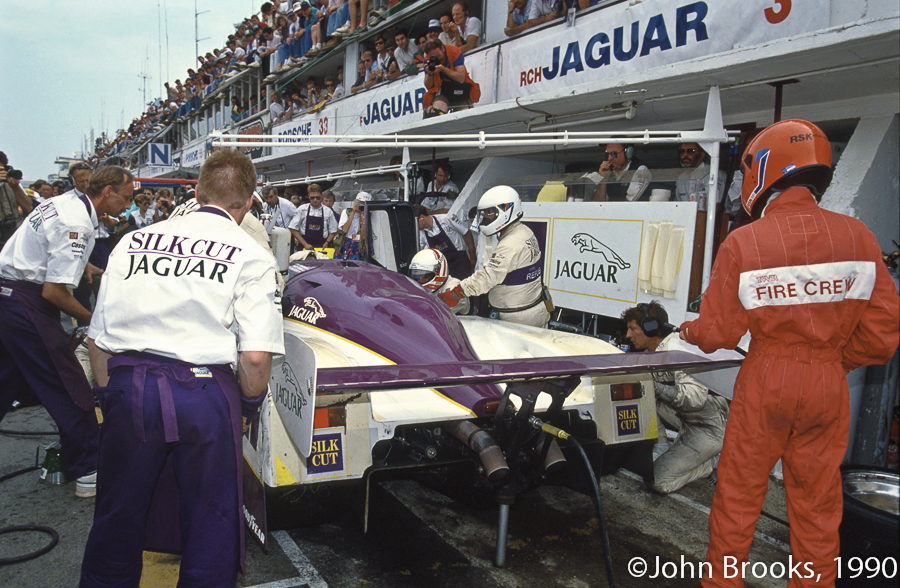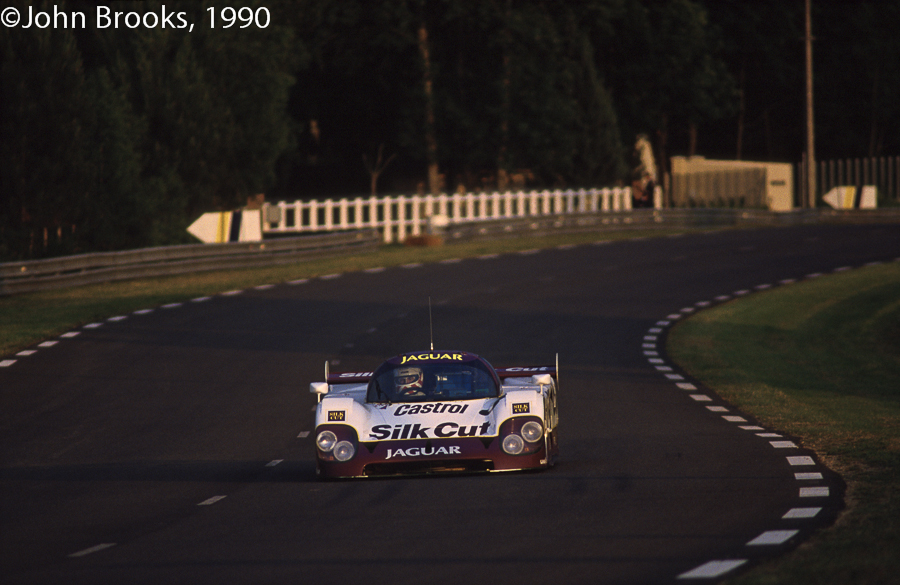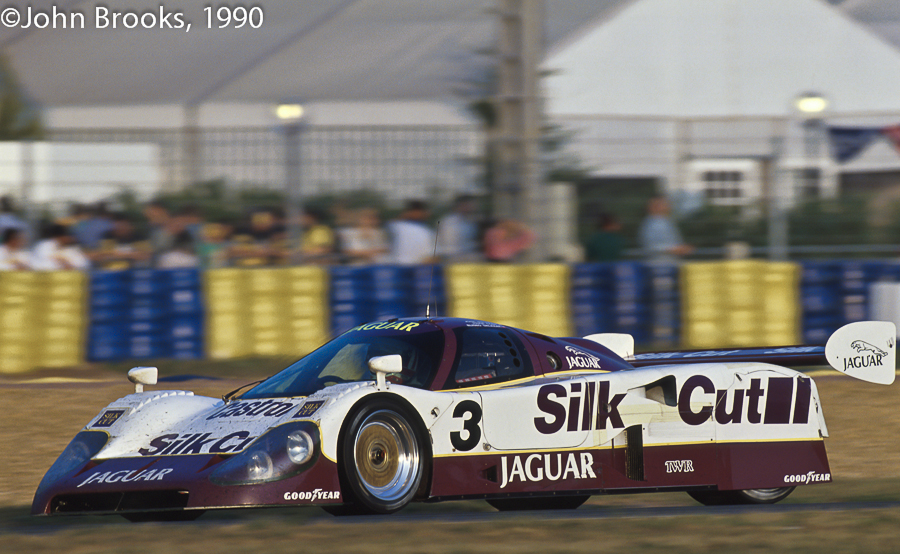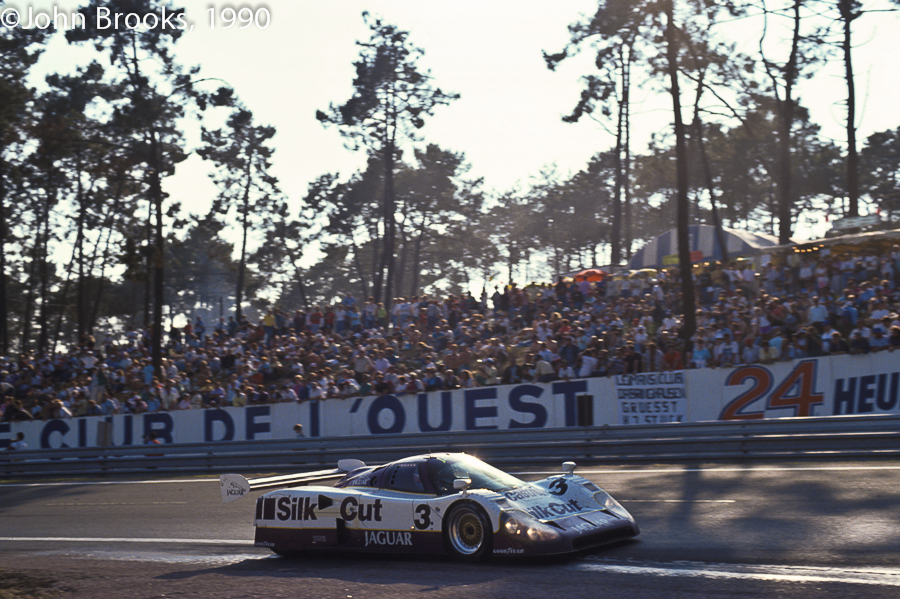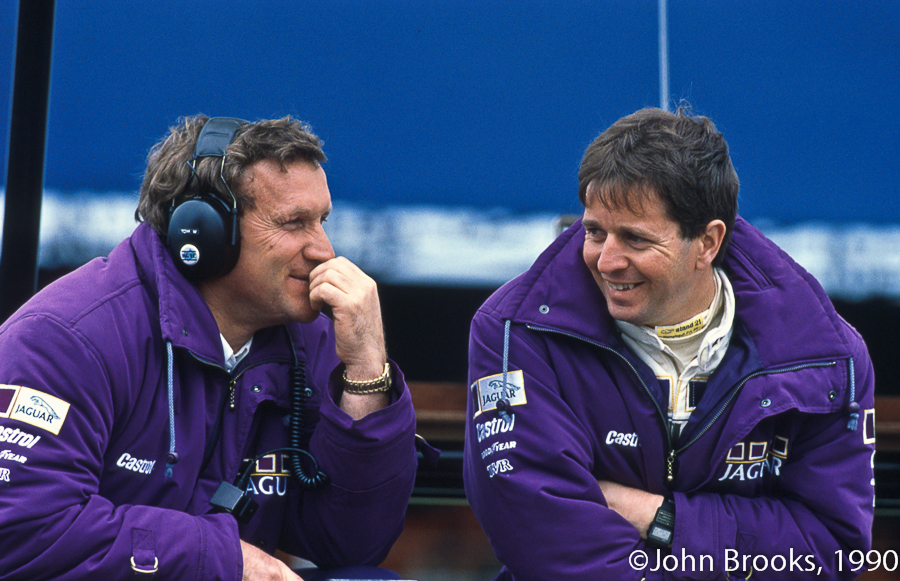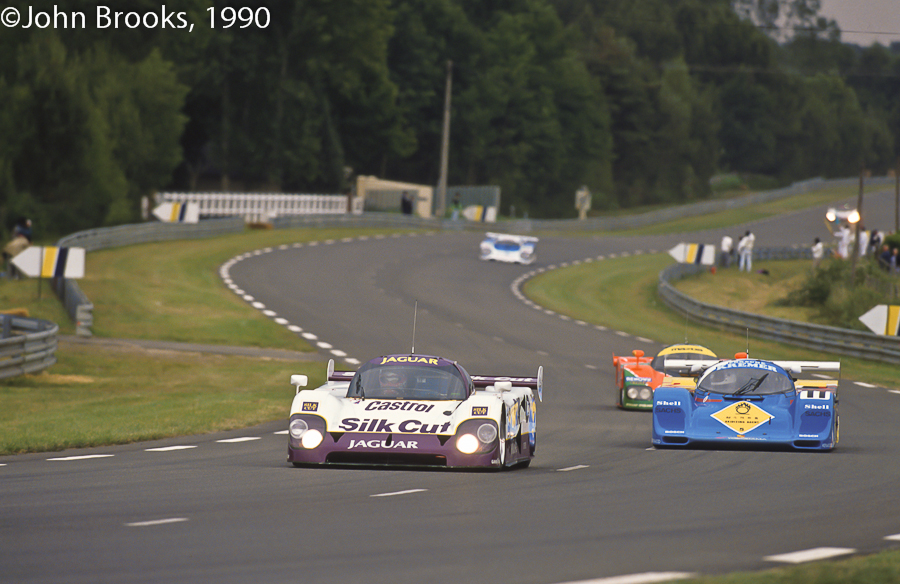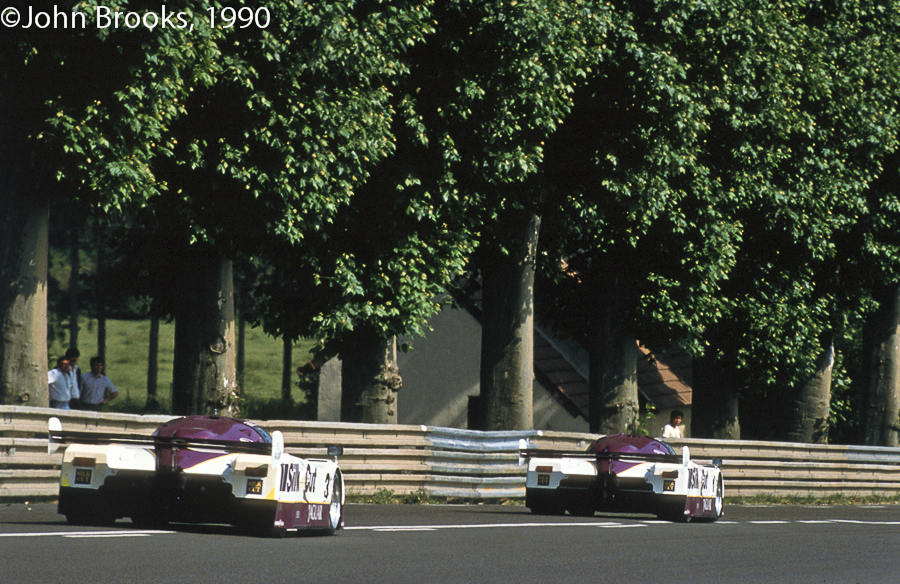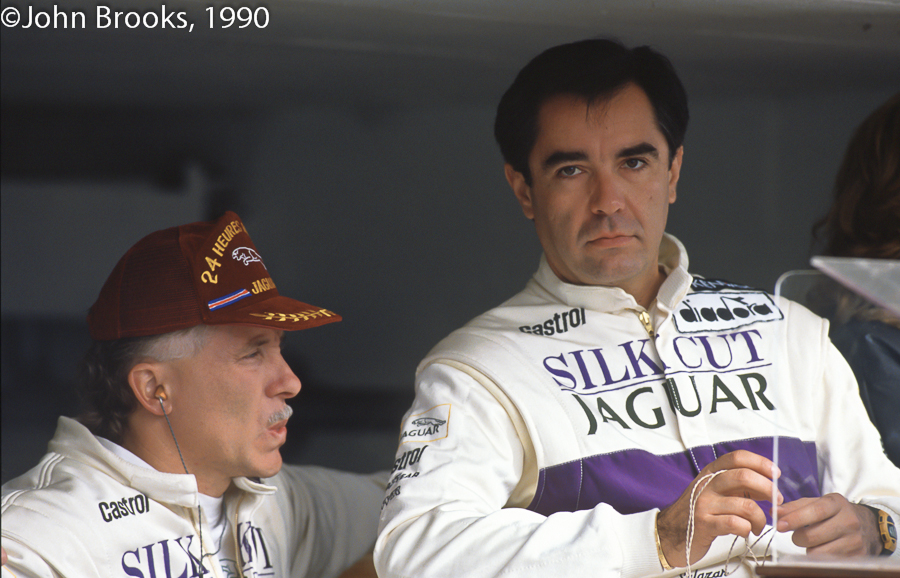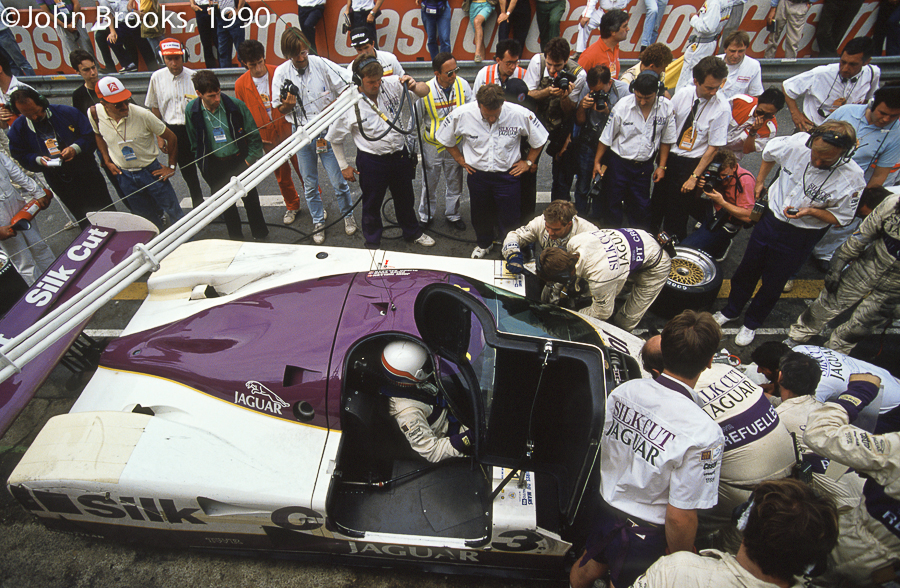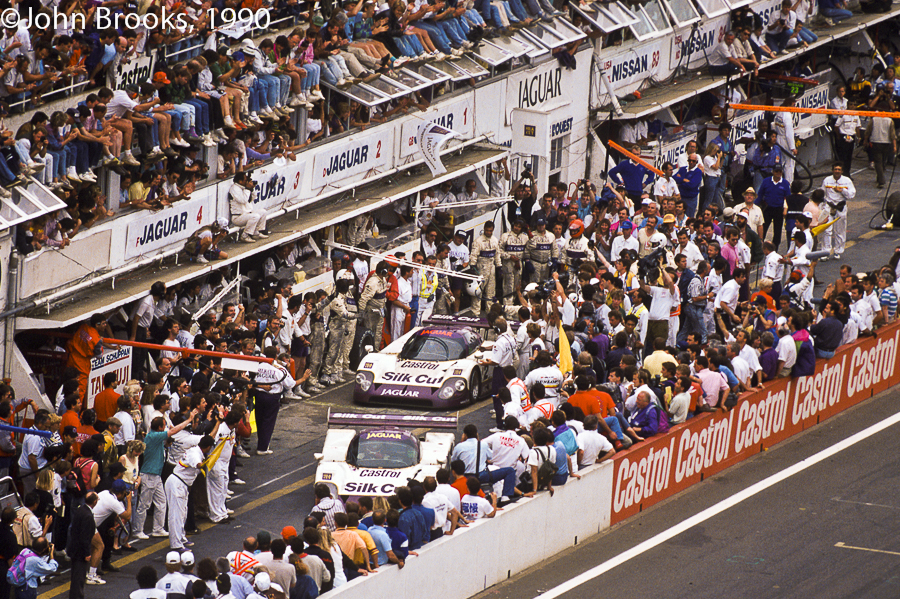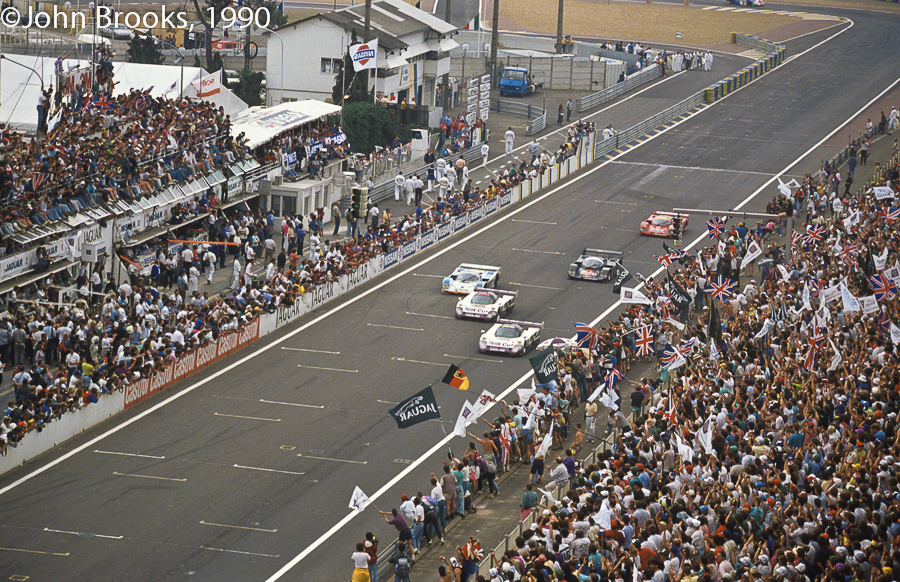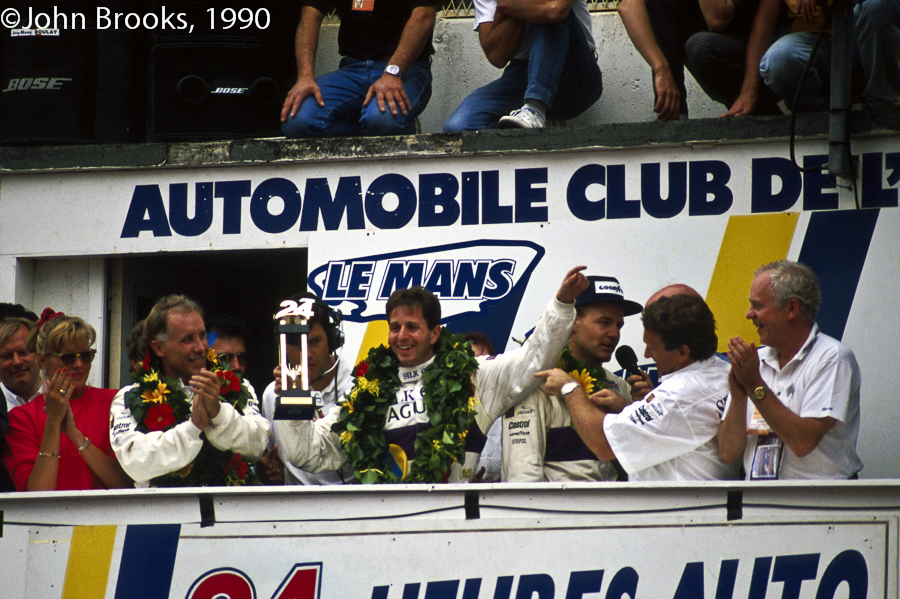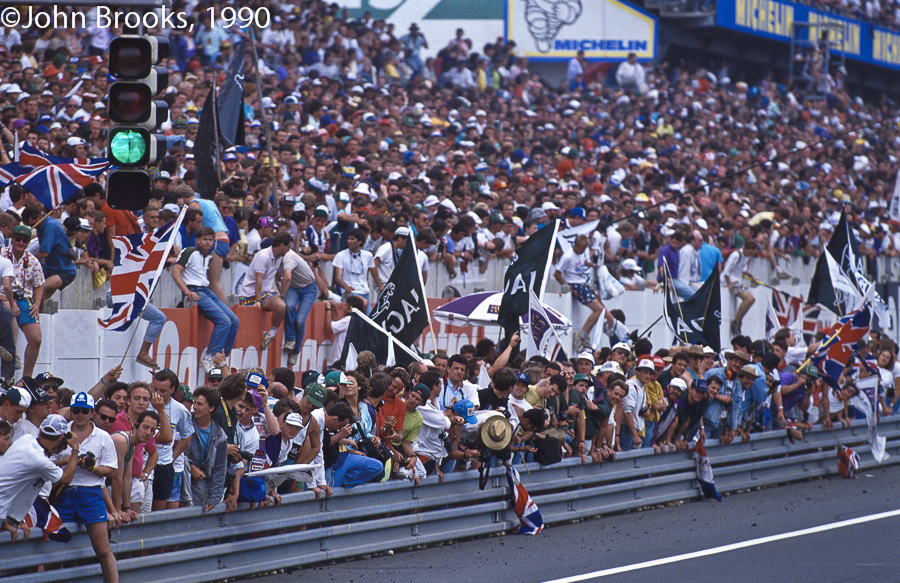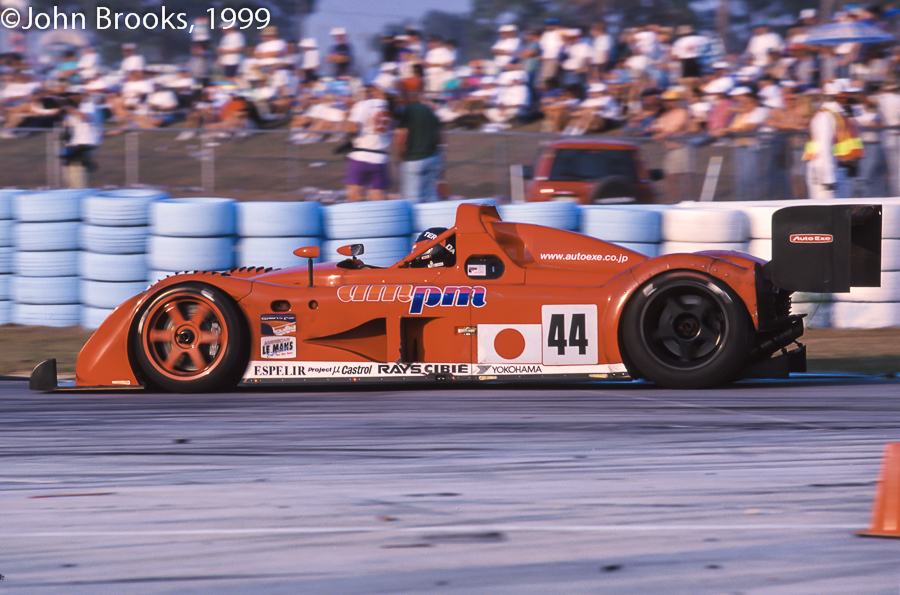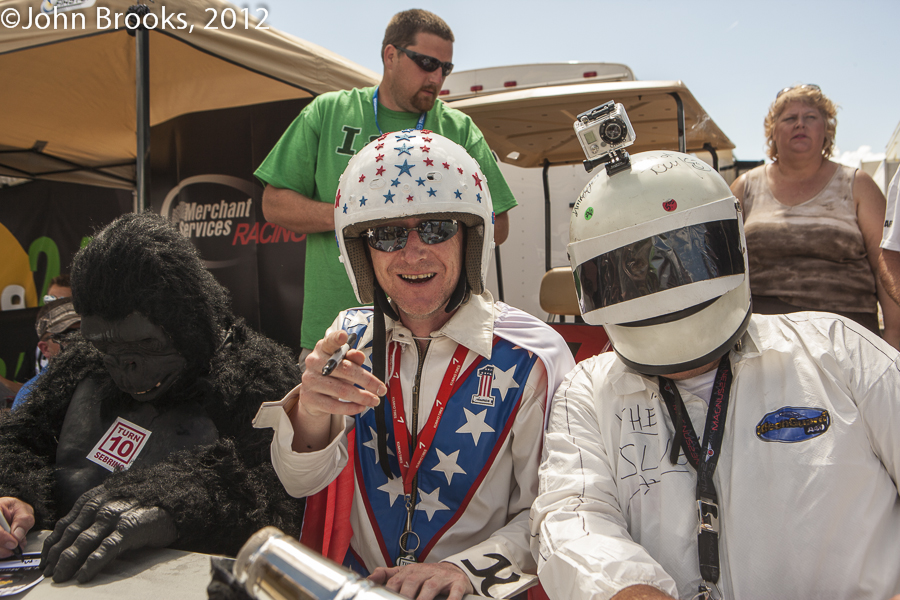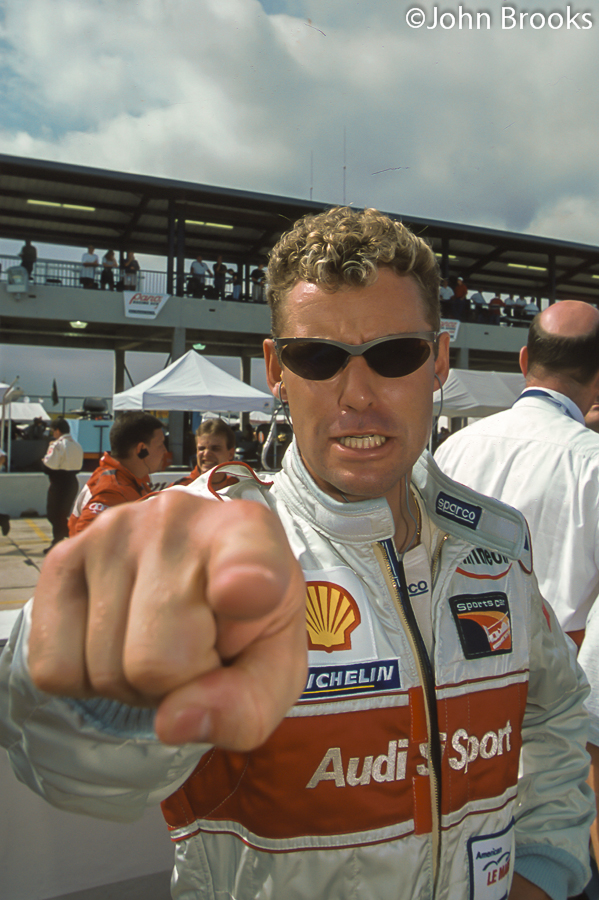
Tom Kristensen has been at the head of the endurance racing grid for the past 15 years, since he burst on to the scene by winning the Le Mans 24 Hours at his first attempt in 1997. That famous victory in the Joest Porsche led to a factory drive with BMW the following year and that led the Dane to Sebring in 1999. Tom has gone on to score a record further seven wins at La Sarthe and to many he is known as ‘Mister Le Mans’. However a good proportion of the temporary population of Highlands County each March would claim that another nickname would be more appropriate, Mister Sebring. So why is that so? Let’s find out what Tom thinks himself.
Recently I caught up with Tom and discussed with him his experiences at America’s greatest sportscar race.
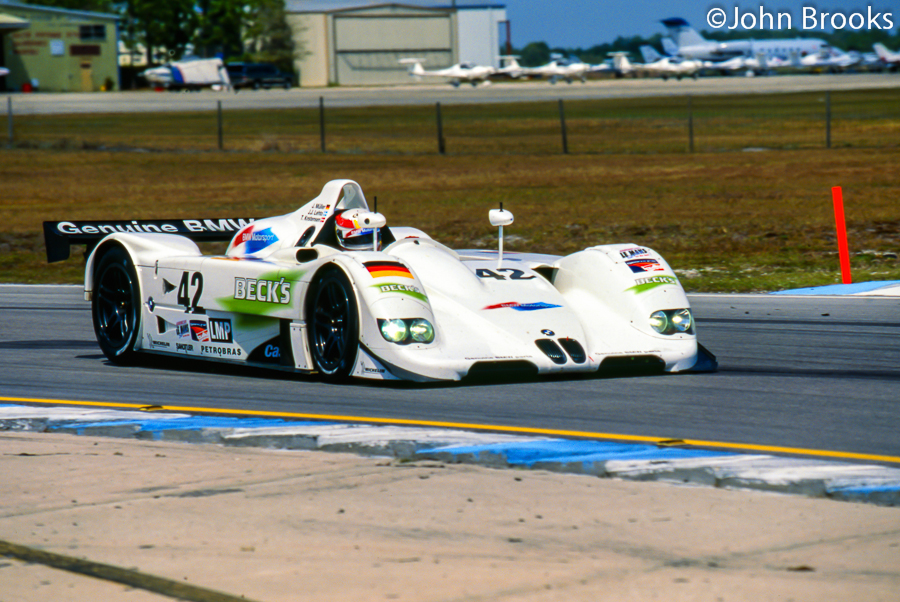
JB: 1999, your first time at the 12 Hours of Sebring what do you recall?
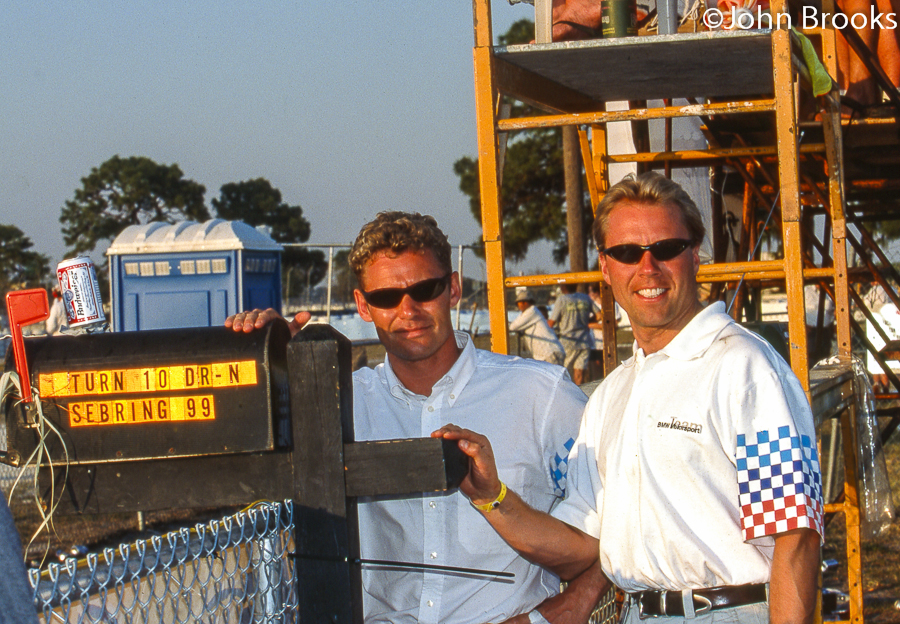
TK: My first race was with BMW in 1999, with Jörg and JJ. We had tested at Homestead the week before to prepare our new car, primarily for Le Mans but also for Sebring. We had a problem with differentials, we did not have enough spares, and I know that BMW were not very keen to race at Sebring. However the team at Williams Grand Prix, who had designed and built the car, particularly John Russell, pushed very hard to go on as planned. In fact we had some new differentials flown in as late as Thursday as all we had were the units that were actually in the cars.
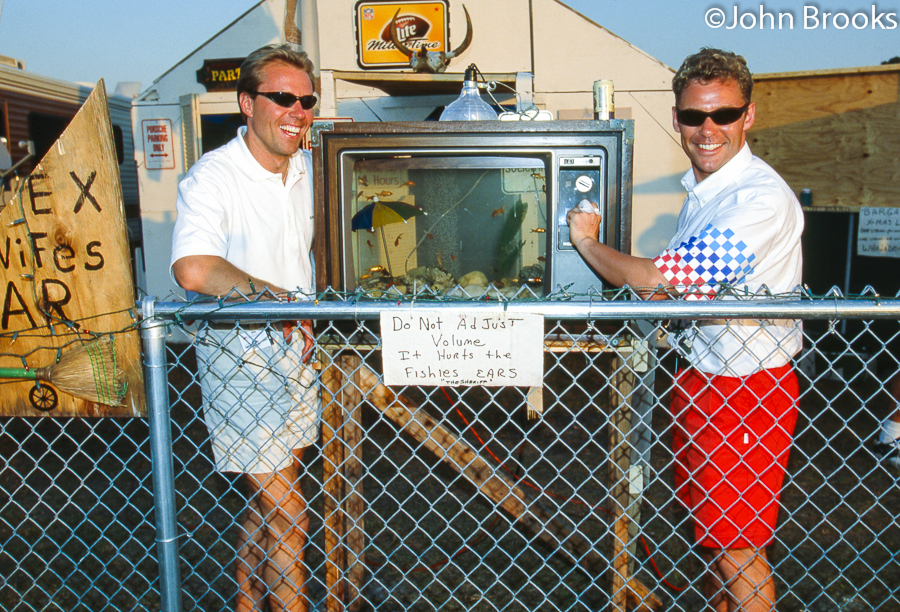
Then we got to the race and it was certainly an eye opener for me to drive on the historic circuit. I remember that there were quite a lot of Yellow Flags, a lot of cars had problems and went off. I recall that the whole section of the track from Turn Ten to Turn Fourteen was full of sand towards the end of the race. Of course James Weaver was pushing very hard, he is a guy who never gives up and really put pressure on me. I drove the last stint to finish the race and we scored the début win of the BMW V12 LMR, which was a big step forward from the previous car. So that then became a trend for the manufacturers to go to Sebring both to race and test in preparation for Le Mans. One thing I do remember about 1999, we were waiting I think for the arrival of the spare differentials and we went with a certain photographer, I guess it was Regis, I’m not sure*, out to meet the fans and especially to Turn 10. They are true fans of life and true fans of Sebring, it was nice to receive such a fantastic welcome. I always try to wave to the crowd there, either under a yellow flag period or on my in lap, to show my appreciation of Turn 10.
JB: Then we move on to 2000, and your first race with Audi…………….
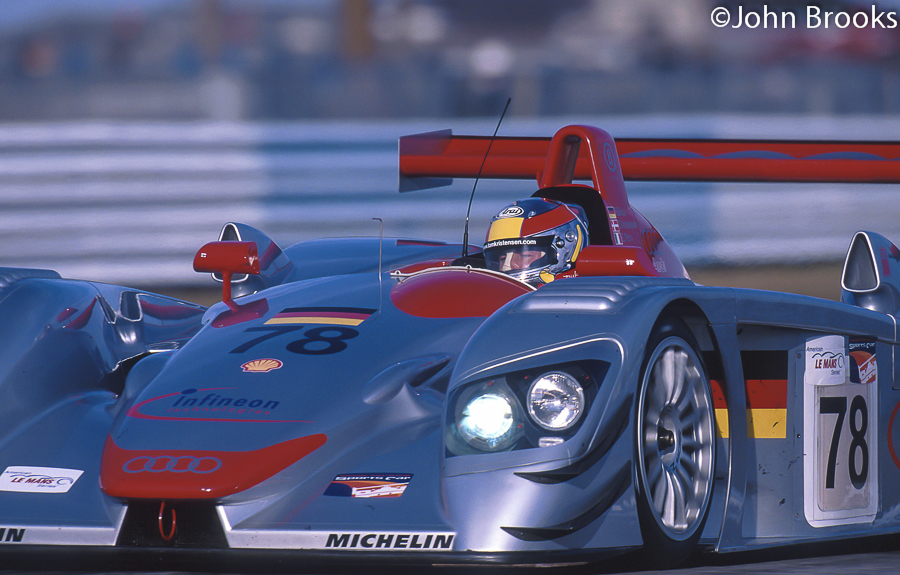
TK: In December 1999 I was at Sebring again driving an Audi, it was an interim car between the ‘99 car, the R8R and the R8, which went on to be so successful. The interim car had the rear end of the R8.
JB: One thing that I remember from 2000 was during one of the practice sessions you burying the R8 into the tyres at Turn Three, do you recall that?
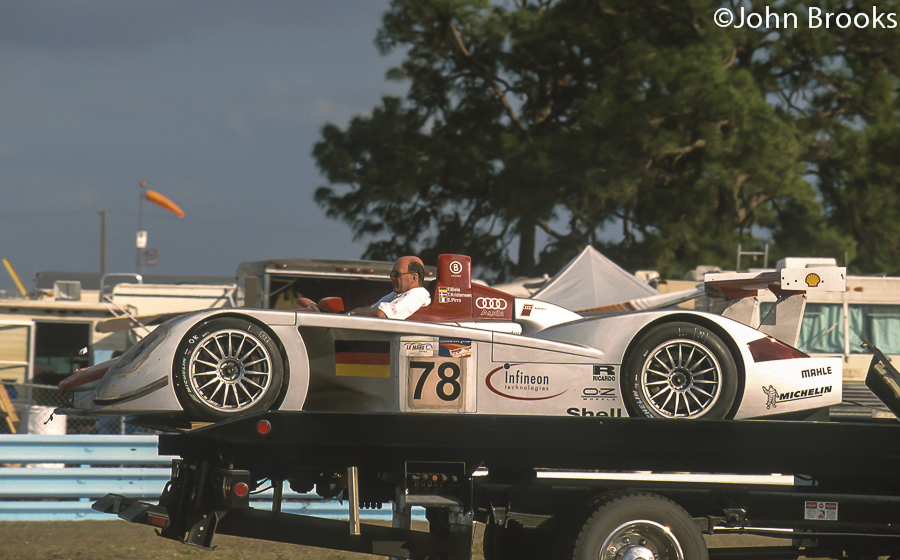
No, that happened in Qualifying. It was the first lap in Qualifying and I locked up avoiding another car that had just come out of the pits and I went in heavily to the barriers under the foam sacks. Of course Dr. Ullrich was standing at that corner, he saw everything and jumped over the fence to help shift the sacks off the car. At that time I was on the radio to the pits to say that I have just had a small off, and of course Dr. Ullrich had the headset on and could hear this while pulling the foam away. It is not the perfect situation when it is your boss trying to dig you out and you are trying explain that it was only a small off…………
JB: Still despite the red face the race turned out OK and it was a great win for Audi, their first at Sebring and the first for the R8.
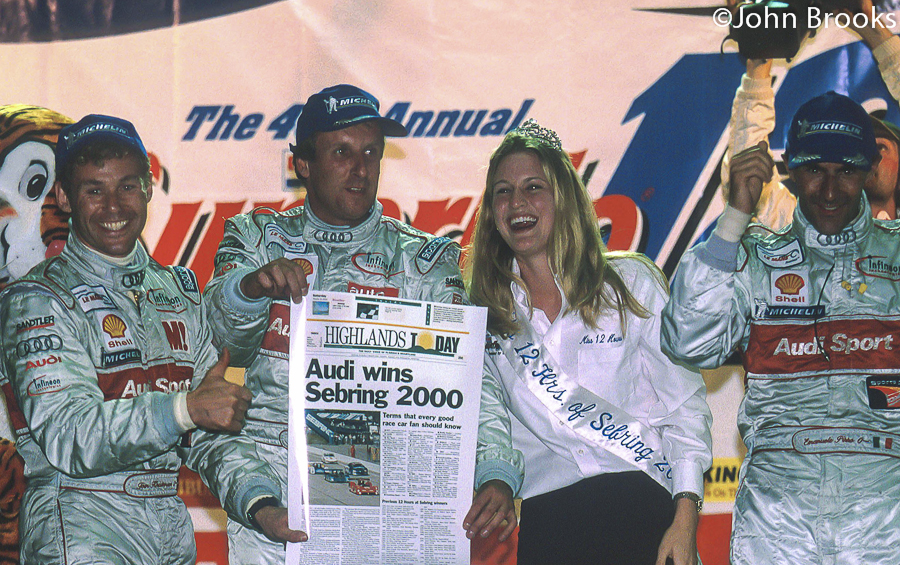
TK: Audi had learnt a lot from their first race there the year before, Sebring nails down any challenges or issues that you have with the car. Of course Joest and Audi are particularly good at dealing with such issues and the information and feedback that you get from Sebring is so valuable, there are five or six different types of tarmac around the track and that gives car and driver a rough time.
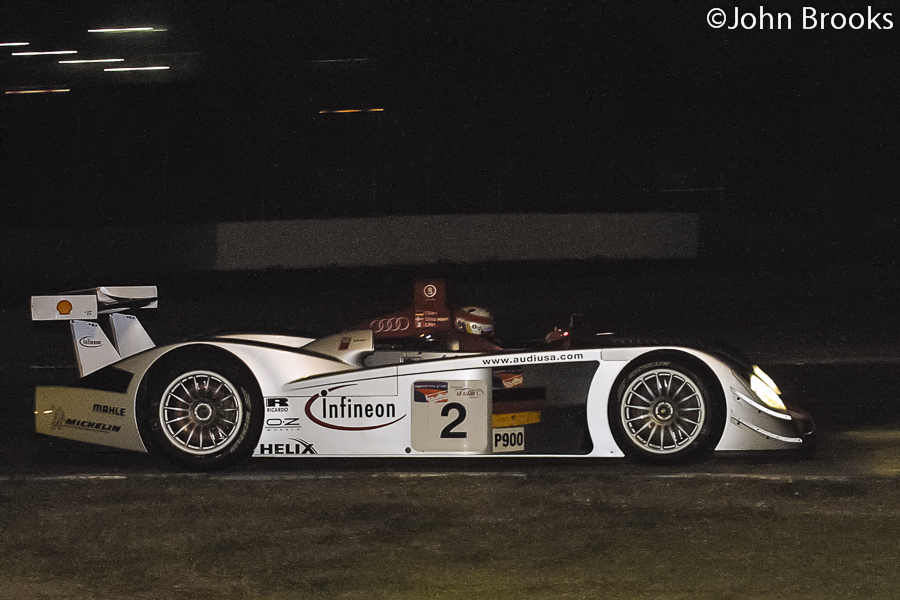
JB: In 2001 there was a rain affected race, and your team mates Dindo, Laurent and Michele just managed to beat you in a close finish.
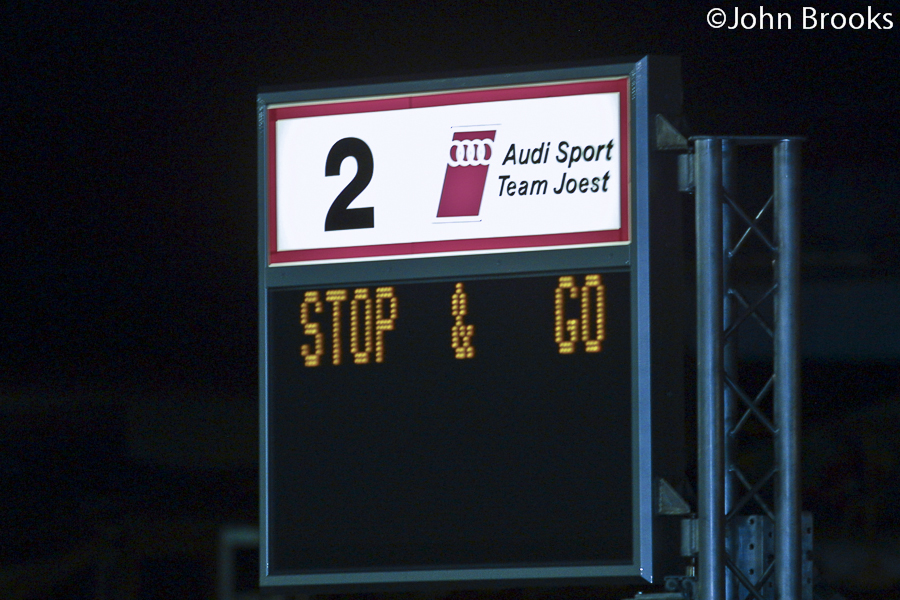
TK: Actually I was very disappointed that time, we had a great race and it seemed that Dindo and I were often on track against each other. I remember that we were actually leading but in the crucial time of the race, I came into the pits too fast so got a Stop and Go Penalty which dropped me behind Dindo and, despite pushing very hard, I could not catch him before the end of the race. Yes it was a disappointment because it was solely down to me.
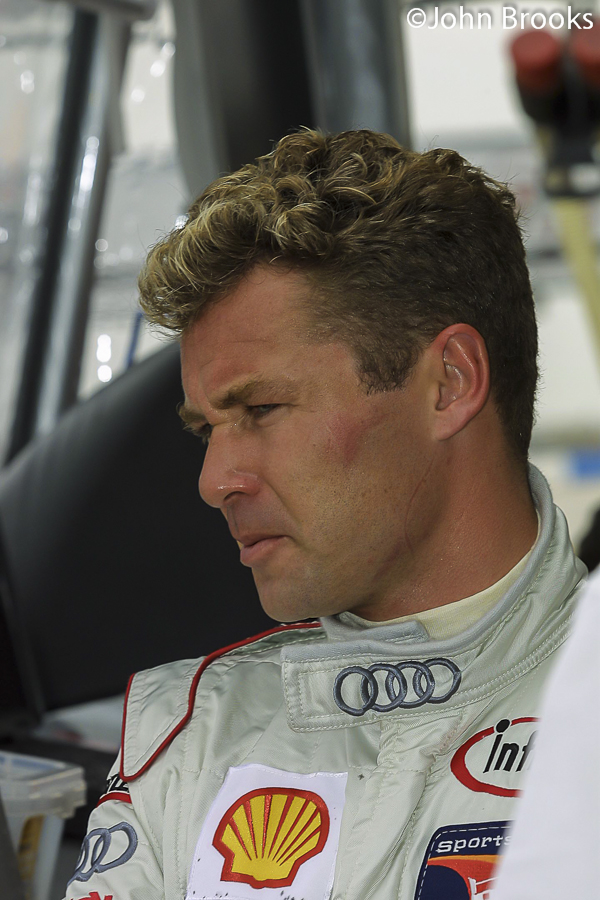
JB: It was Michele’s last victory.
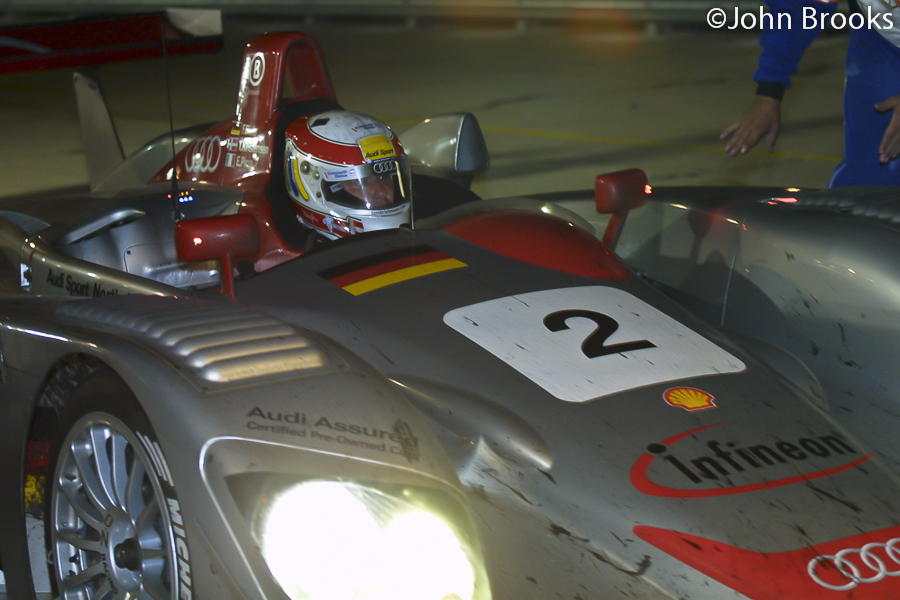
TK: Yes, and it was certainly deserved and in that sense it is much better to look back at the race with that fact in mind.
JB: 2002 was a completely different race because the heat was extreme there was a problem with the car and the steering rack needed changing during the race. Of course once you lose a chunk of time in the pits your race is effectively done, especially competing against another R8.
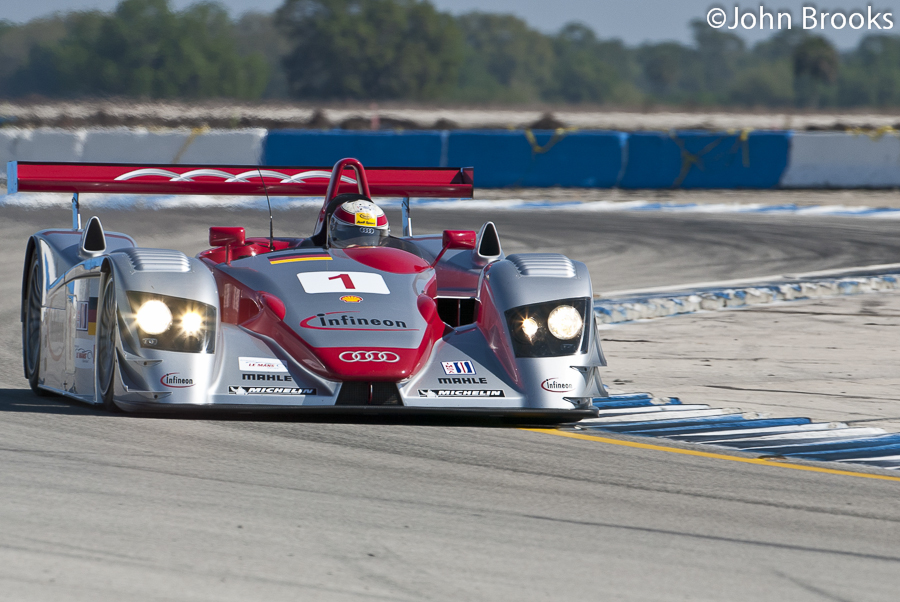
TK: No you cannot come back from that much lost time, we had the issue with the steering which I had never experienced before or since and when you need to change something like that all your plans are out the window. We had a fast car however it was not to be but Audi scored a hat trick so the race was not completely lost.
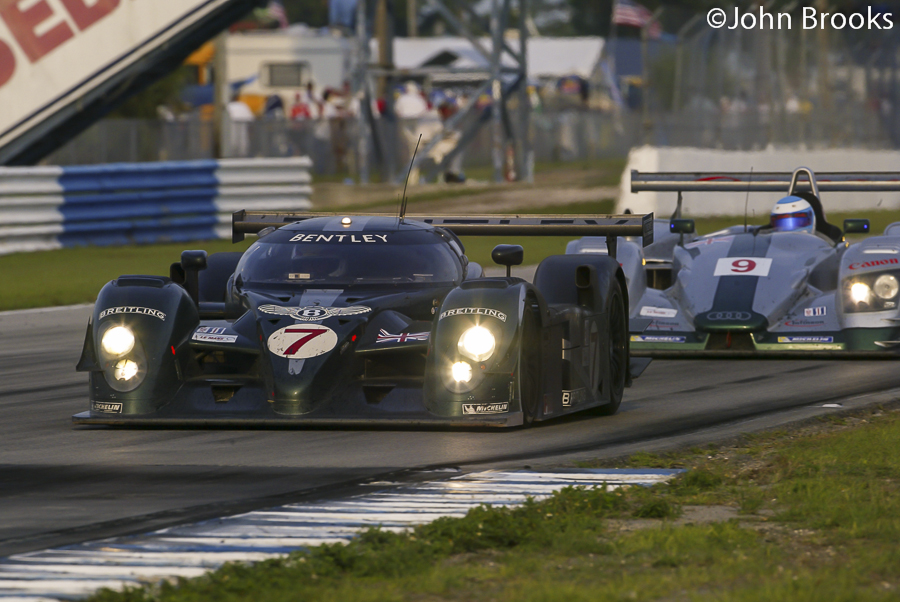
JB: In 2003 you joined the ranks of the Bentley Boys.
TK: Yes, I remember that the Bentley was a hot car, certainly after the R8. The car ran really well but we had the issue of being put to the back of the grid after Qualifying and this definitely compromised our race. I think we had only one problem and that was with the brakes, we had to be very careful towards the end of the race. We were very focused on winning Le Mans, and Sebring was an important part of that. We had a very good debrief after the race. The Bentley was very different to the philosophy of the Audi R8. We had an Audi engine so we were safe on that side, and for the guys working on the car the Sebring race helped the team to gel. Racing at Sebring was crucial to our Le Mans’ victory. Getting both cars to the finish at the 12 Hours was really important to us in the context of our whole programme.
JB: 2004, how could they do this to us? No Tom Kristensen at Sebring?
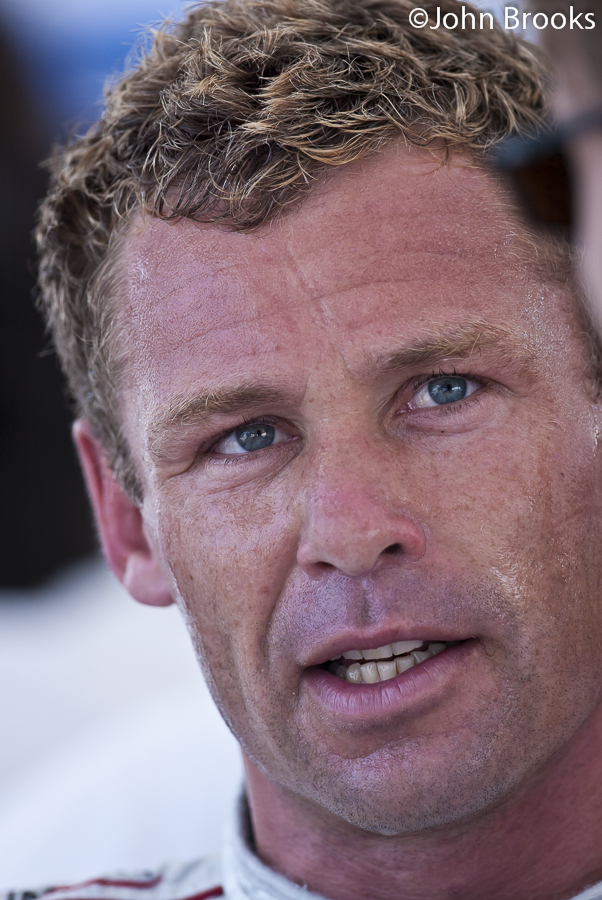
TK: Well 2004 was the year I started in DTM as that was the only factory programme for Audi that year. Dr. Ullrich offered me the opportunity to join the Audi DTM effort and I then raced in that for several years, really enjoying it. In all the years I was in DTM I just joined the endurance races like Sebring and Le Mans, keeping in touch with that side of the sport.
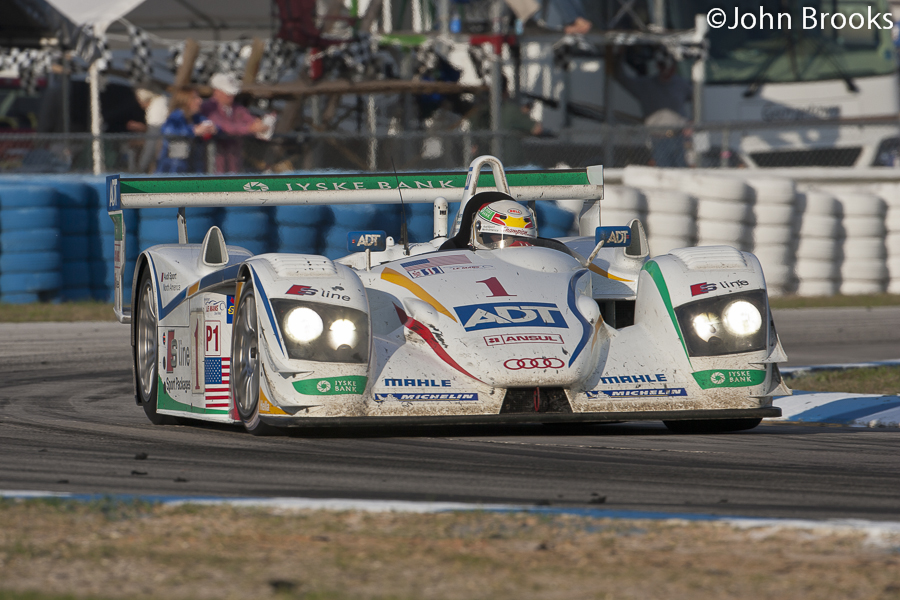
JB: 2005 you joined Champion Racing for Sebring, and Le Mans. You shared the driving with JJ Lehto and Marco Werner. You had a big fight with Allan in the other Champion car in the last stint, you always seem to get the last stint at Sebring.
TK: It was a good race between the Champion cars, all the way to the flag it was very close, the result all depended on how we played our cards. We were out of sync in terms of tyres and fuel strategies and I remember that when I was on new tyres I had to make a gap to make sure that when Allan had new tyres that he did not get too close. So the gap moved around a little especially in the last three stints. It was vital that when you left the pits on cold tyres, in particular on the penultimate stop, there was just enough grip to keep Allan back and he did not pass me. I was then on new tyres and could keep him behind and created just enough margin that when he got his last set of new tyres he was still just behind. I think it was the closest ever finish at Sebring.
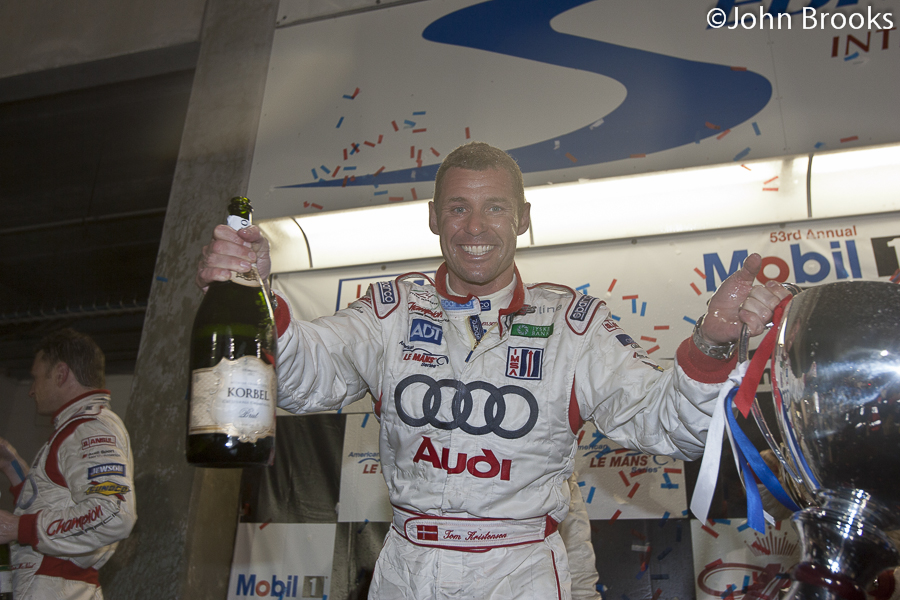
I still have the video from Speed TV and on the last lap Allan and I were still racing hard, so as we get to the back (Ulmann) straight, I got on the radio and asked if they wanted to stage a photo finish. Brad Kettler who was engineering our car, started yelling back, “No, No, No! Keep the pedal down. Keep the pedal down” Of course I did not realise that this was going out live, and the Speed TV commentators were really laughing at this exchange. I still have the recording.
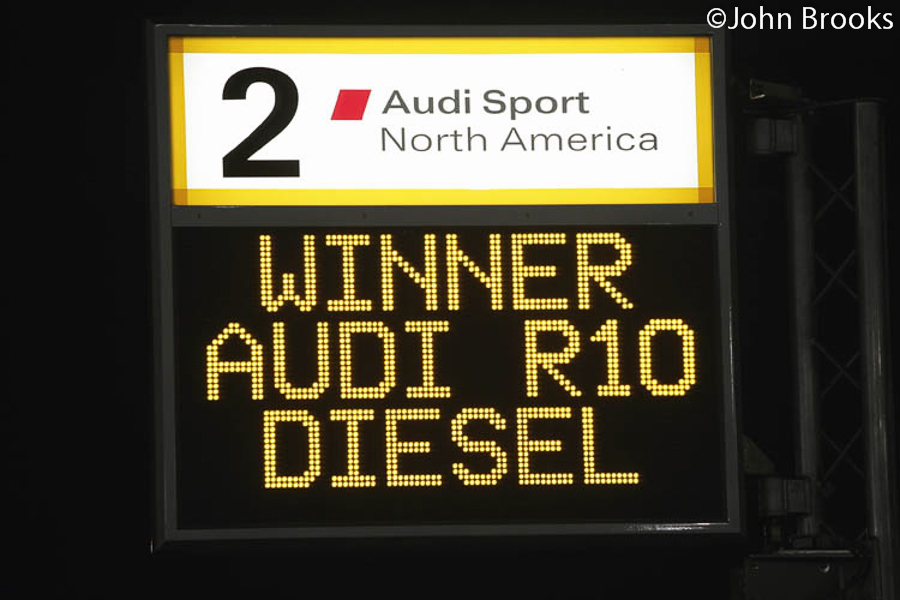
JB: So then the 2006 race, the début of the diesel powered R10.
TK: Yes, that was amazing, it was a big step forward for both Audi and motorsport, very important. It made the front page of the newspapers in many places. The day after the race I had Ulrich Baretzky the engine designer, as one of my passengers on the way to Miami, he was a very proud man that day and rightly so. The R10 TDI had a big engine, which meant that there were compromises in how the car was configured and also in the way that you drove it. Now we have a very lightweight engine in the car but back then the V12 was much bigger and heavier. The R10 TDI was a very sophisticated car, with the very latest technology and it won its first race and that was at Sebring.
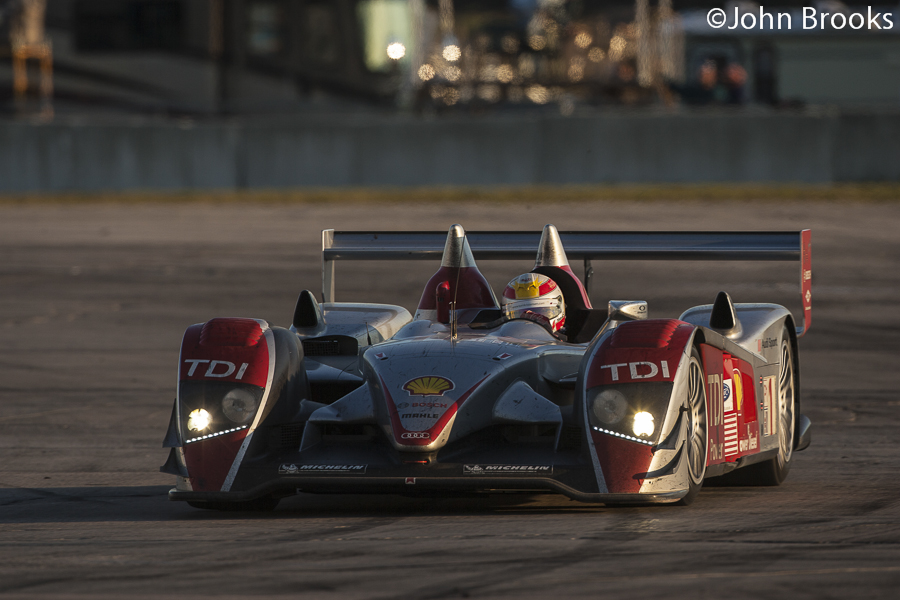
JB: On to 2007 and there were a couple of things that went wrong as I recall. The rear suspension needed changing……………
TK: I’m not sure I completely remember, I think we had to go behind the wall, so we lost time and that was that. It was one of those times that Sebring gets the better of you.
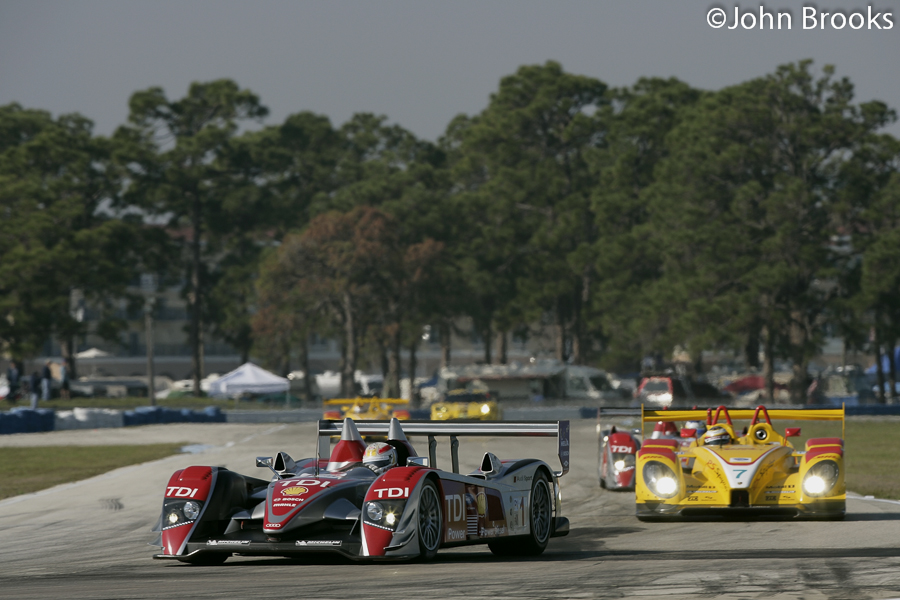
JB: 2008 and another difficult race, as Dr. Ullrich said at the time, the team had more problems in this one race than they would normally encounter in a whole season. Brake disks were a particular problem.
TK: Well we were trying very hard, racing against the Peugeots and maybe we went a little bit in the wrong direction. That being said, the problems that we had at Sebring and how we fixed them were the basis of our win at Le Mans that year. The performance in Florida really hurt us and made us really push to the maximum to get our pride back in France. Some people consider the 2008 Le Mans to have been the best or one of the best ever, perhaps, but the determination after Sebring, in Joest, in Audi, in the drivers, everyone, was really strong. We knew that Peugeot had a faster car, but we had a car that we could race, and we thought that if we performed to the maximum we could beat them. We believed in winning when others did not, the Truth in 24 movie shows that pretty well.
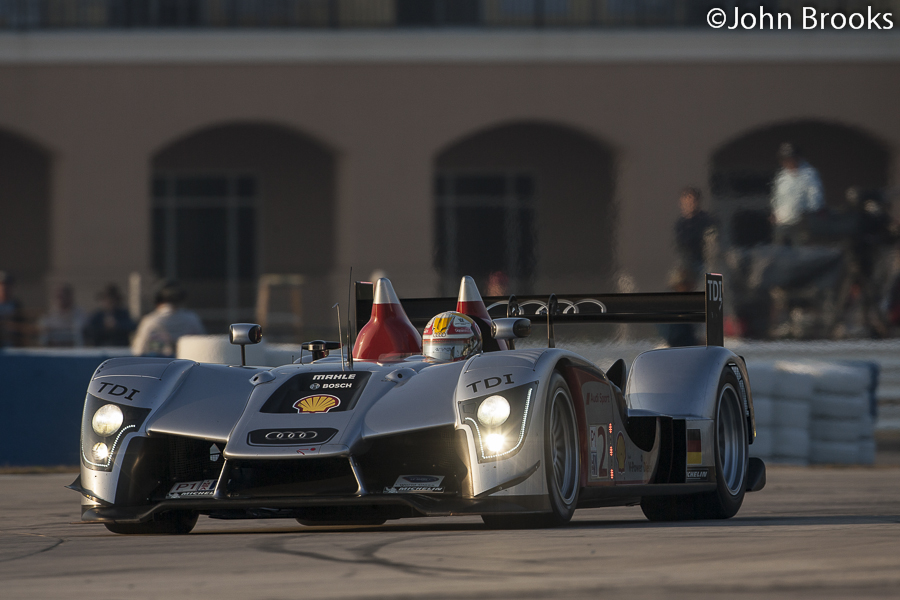
JB: 2009 another new car, the R15 TDI, and another début victory, now win number five, up against Peugeot again.
TK: The R15 TDI right on the limit was delicate, so to keep it in the performance window was always interesting at a circuit like Sebring, a real challenge for engineers and drivers, so I feel that our victory was hard earned and well deserved. It was certainly not an easy win.
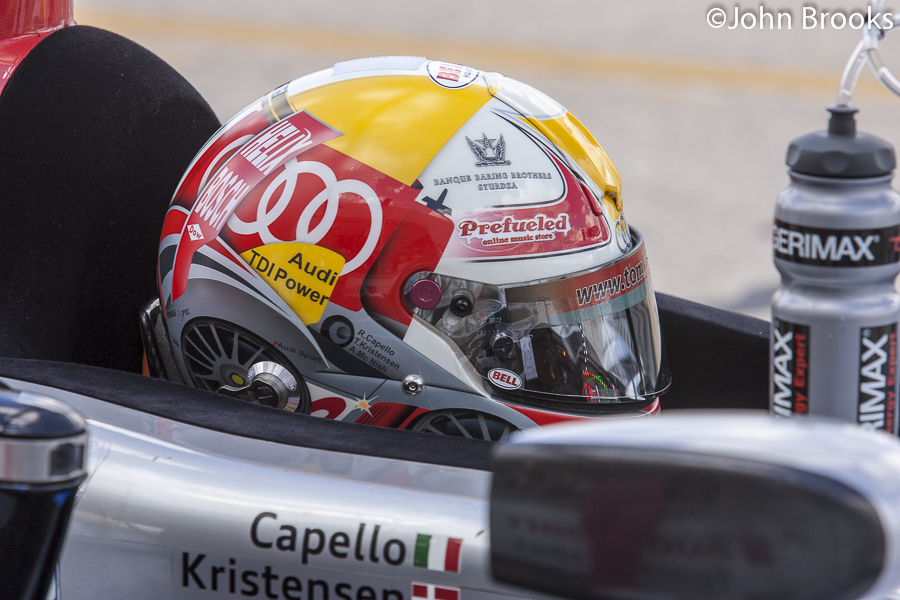
JB: The following year the updated car, the R15+ was not ready in time for the race itself though you did go testing later.
TK: I would not have been in the race, as I had injured my Achilles tendon and was in recovery mode.
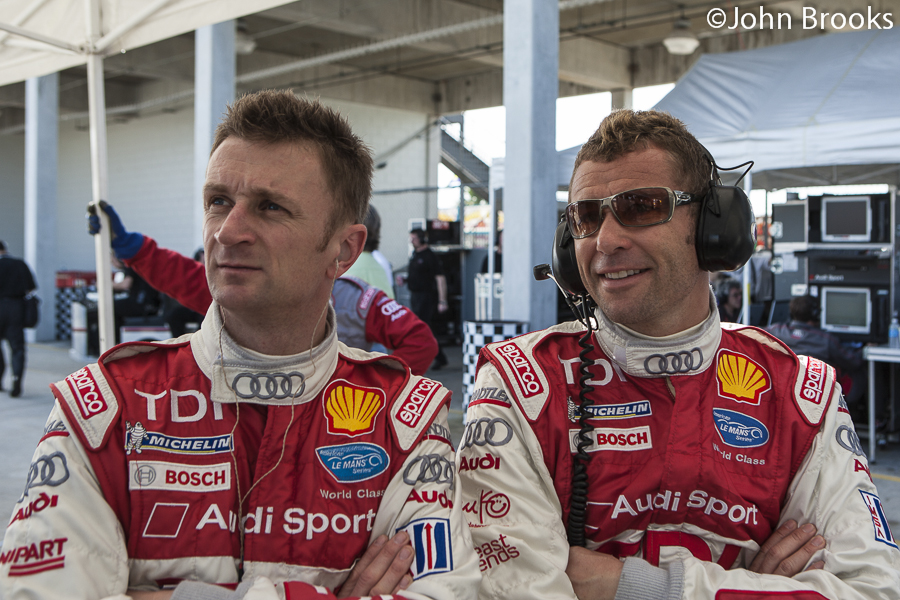
JB: 2011, things were going well in the race, a big battle with the Peugeots and then Dindo was hit by Gene while racing.
TK: That was in Turn 17, which is very fast and that was our race done. It was a shame because we looking in good shape. But if I recall all the factory cars hit problems and the Oreca car took the win.
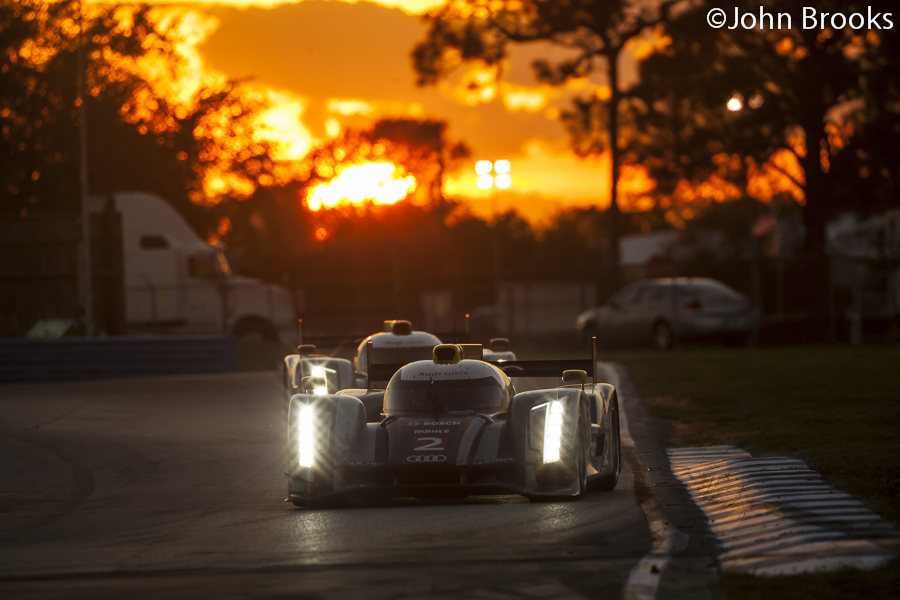
JB: In 2012 the Peugeots had gone as a result of financial problems, but on the positive side Sebring was the first round of the new FIA World Endurance Championship and it was Sebring’s 60th birthday and you managed to add to your list of wins.
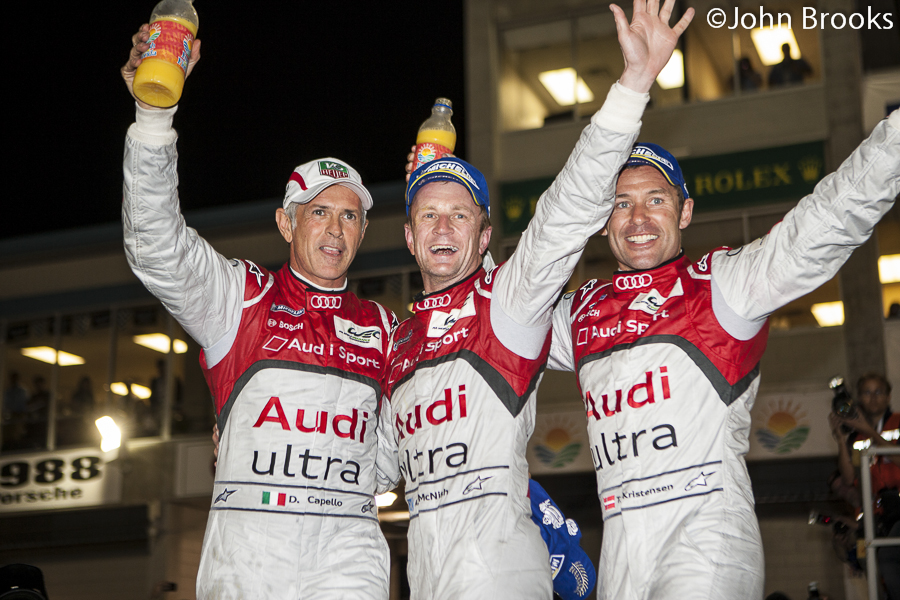
TK: Last year was another great race and an important one, being the first round of the FIA World Endurance Championship. It brought together, the ACO, IMSA and the FIA. It was an honour to have won the 60th race, and it was a really big battle with our two other Audis. It made up in a way for my mistake on the 50th anniversary race. I said to Dindo on the podium, “Congratulations on your fifth victory, now you have caught me”…………then the penny dropped and he called me something rude. Of course now Dindo is retired but he will be in Sebring, as Allan and I always get him to pay for the espressos in the morning at Starbucks………………..
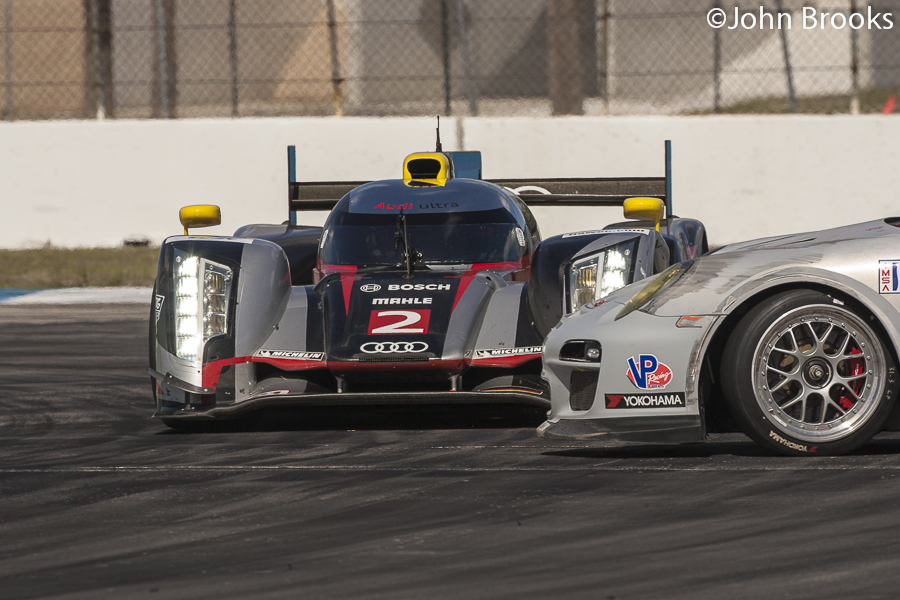
JB: If someone says to you “Sebring 12 Hours”, what do you think of? Why do you think the race is so special?
TK: It is unique, even the journey from Miami through small towns of central Florida is very different from Europe, you are approaching the tradition and history that is this 12 Hour race. Famous names like Fangio and Moss were part of this rich history and then later Andretti and Ickx, all the great names of the sport have been to Sebring. So if I speak to any of these guys I can relate to their career as the track is basically the same layout as when it started. That is really cool, it is the Paris-Roubaix of motorsport, the famous traditional cycle race. To get the best set up for the track is difficult and you really need to get on it as a driver, you have to conquer the corners every lap. You have to be aggressive but at the same time be very aware, alert for traffic. 2012 was the hardest race in terms of traffic that I have experienced, as there were more than 60 cars on the grid. So you feel like you are overtaking cars every 50 metres, you are constantly overtaking. There is not much space and if you put the car even a few centimetres off line you can hit a bump which is much harder than you expect and then you are in trouble.
JB: You have mentioned the Sebring fans…………..
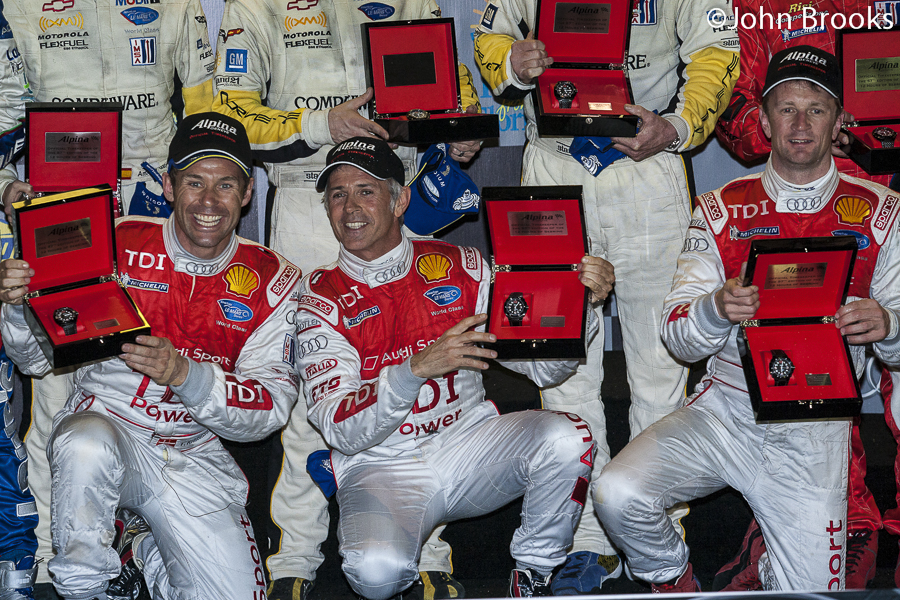
TK: The Sebring fans are fantastic, the enthusiasm they show is just like Le Mans but it is also different. Sebring has the American way and that is really cool. Another place where the fans are on the same level is the Goodwood Revival. The fans at all these events are genuine and they are there to watch the race but most importantly they are there to have a good time. They wake up in the morning and say to themselves “Hey I’m going to have a good time today” and the atmosphere where everyone feels like that is fantastic. You are in the right place at the right time. Sebring makes me feel that it is THE place to go to every March and I am very happy that Audi asked me to go again as it looks like it might be the last time that Audi and LM P1 will compete there.
JB: Briefly what would you say your best and worst moments at Sebring were?
TK: It is difficult to choose but I suppose that my first race which showed me that the 12 Hours of Sebring is very different from any other race. Then the victory last year was very special. The second place in 2002 was difficult because I knew right after the Chequered Flag that the defeat was down to me, I was the one who was speeding in the pit lane and that was a very hard defeat to take. But on the other hand it was Michele’s last win and that makes it easy to get over.
* It was me………………..
John Brooks, March 2013

